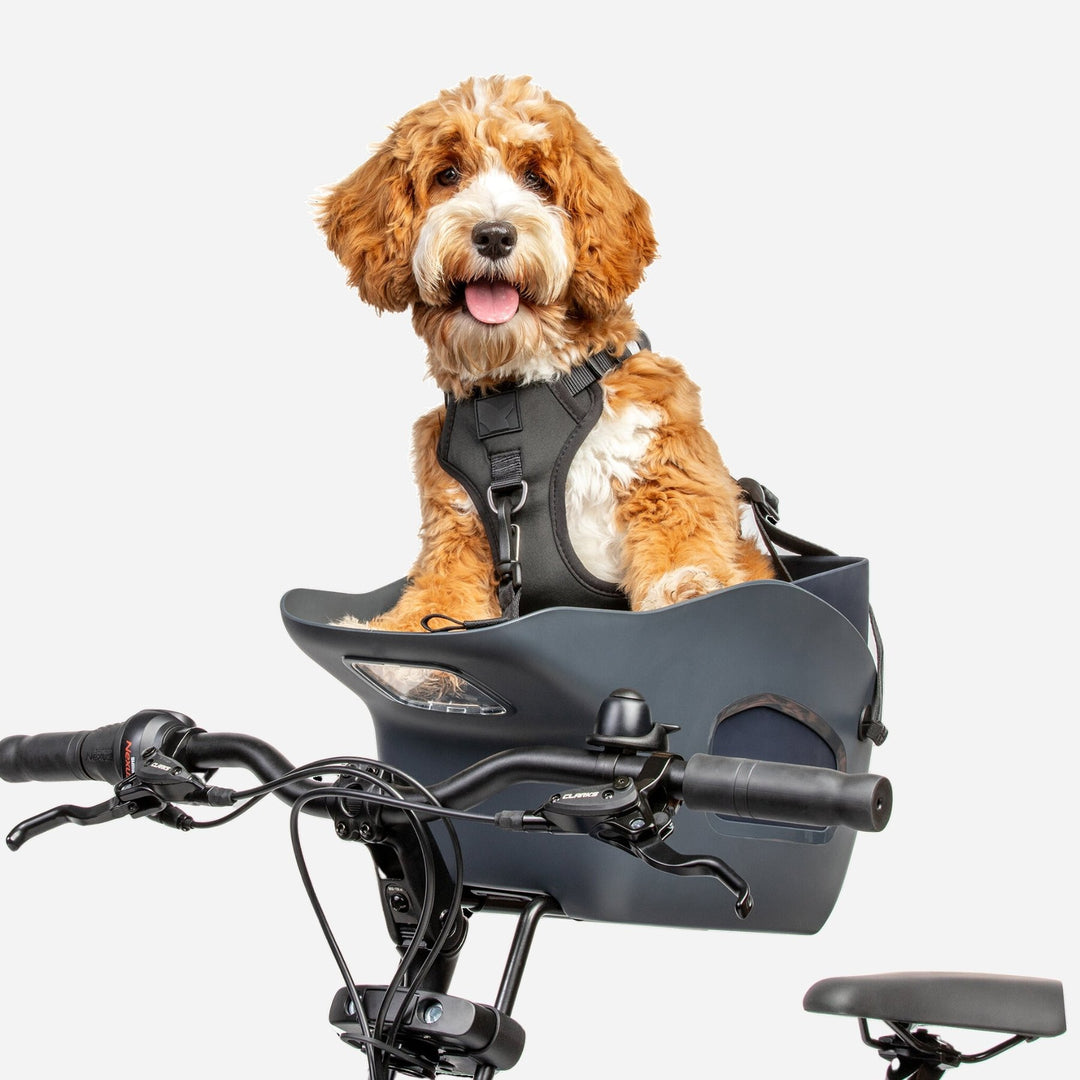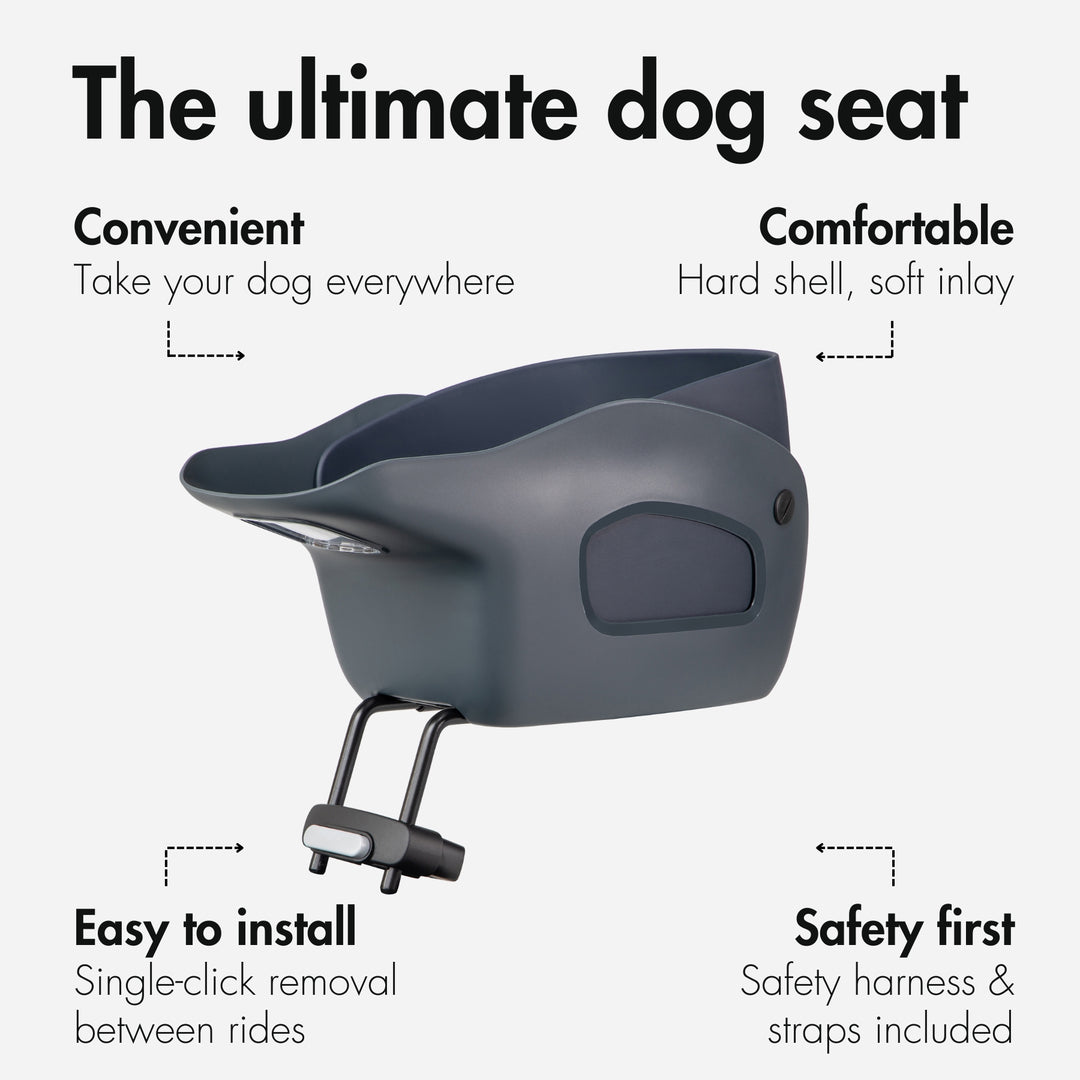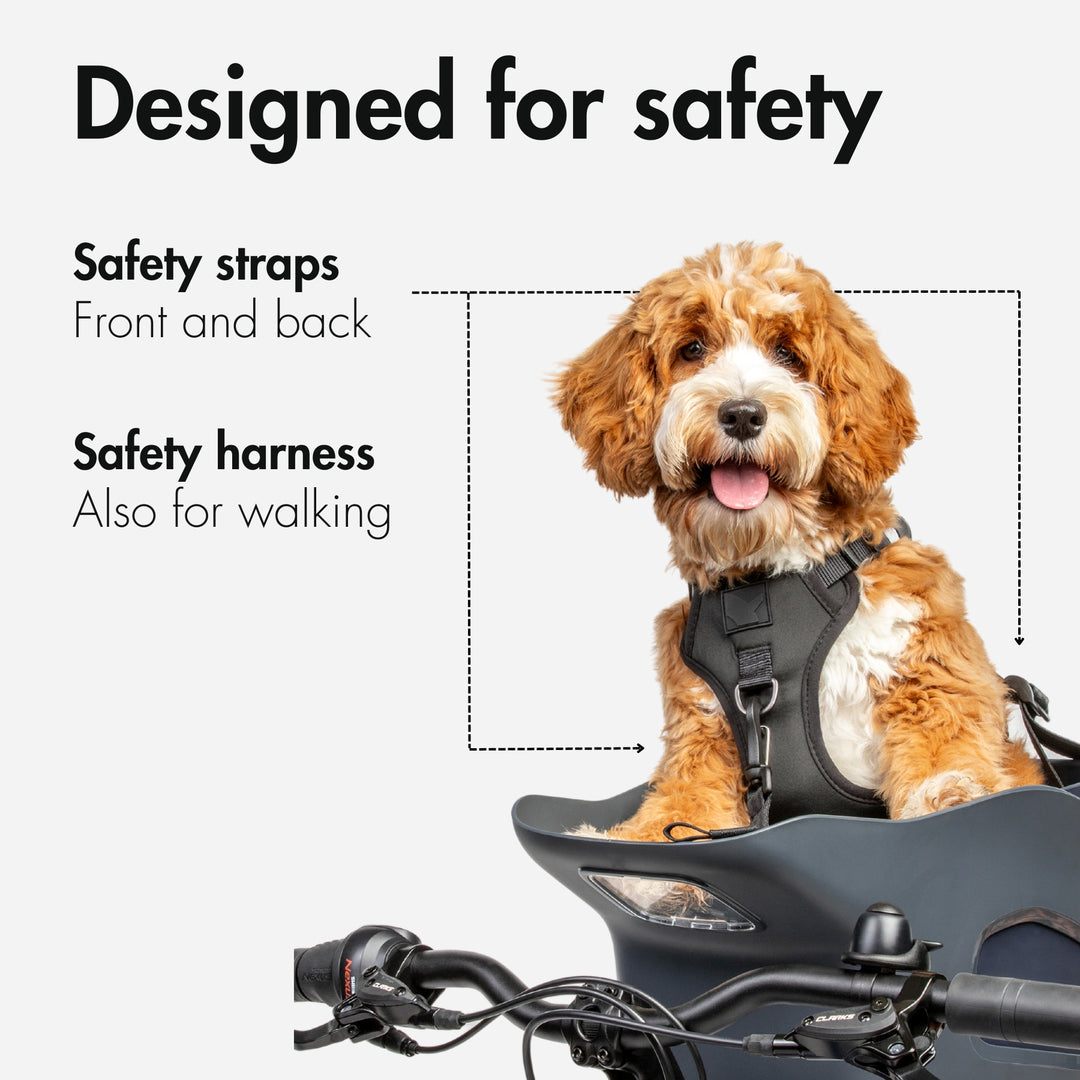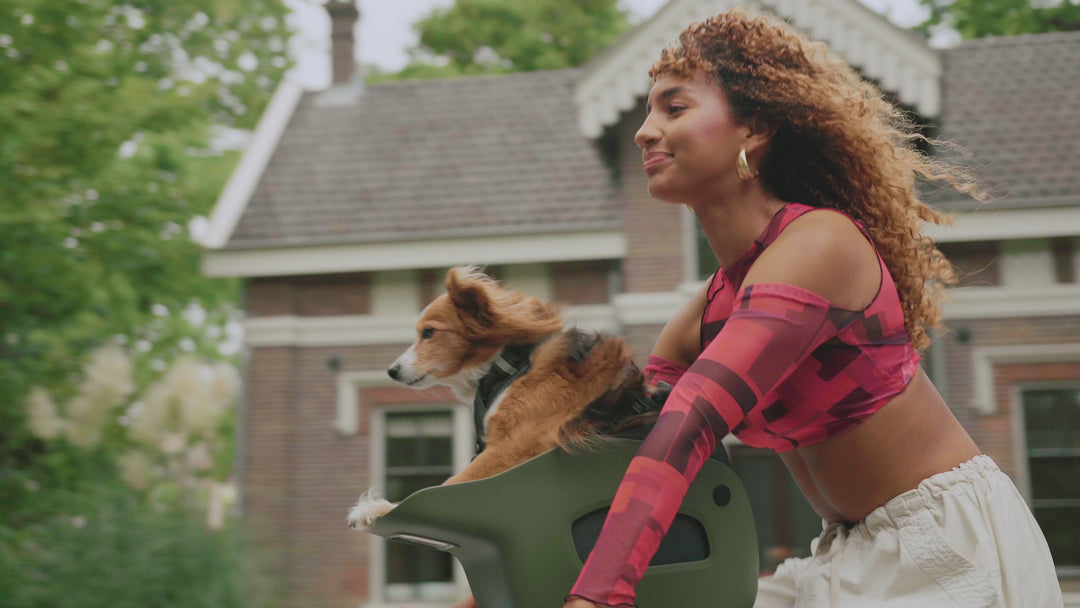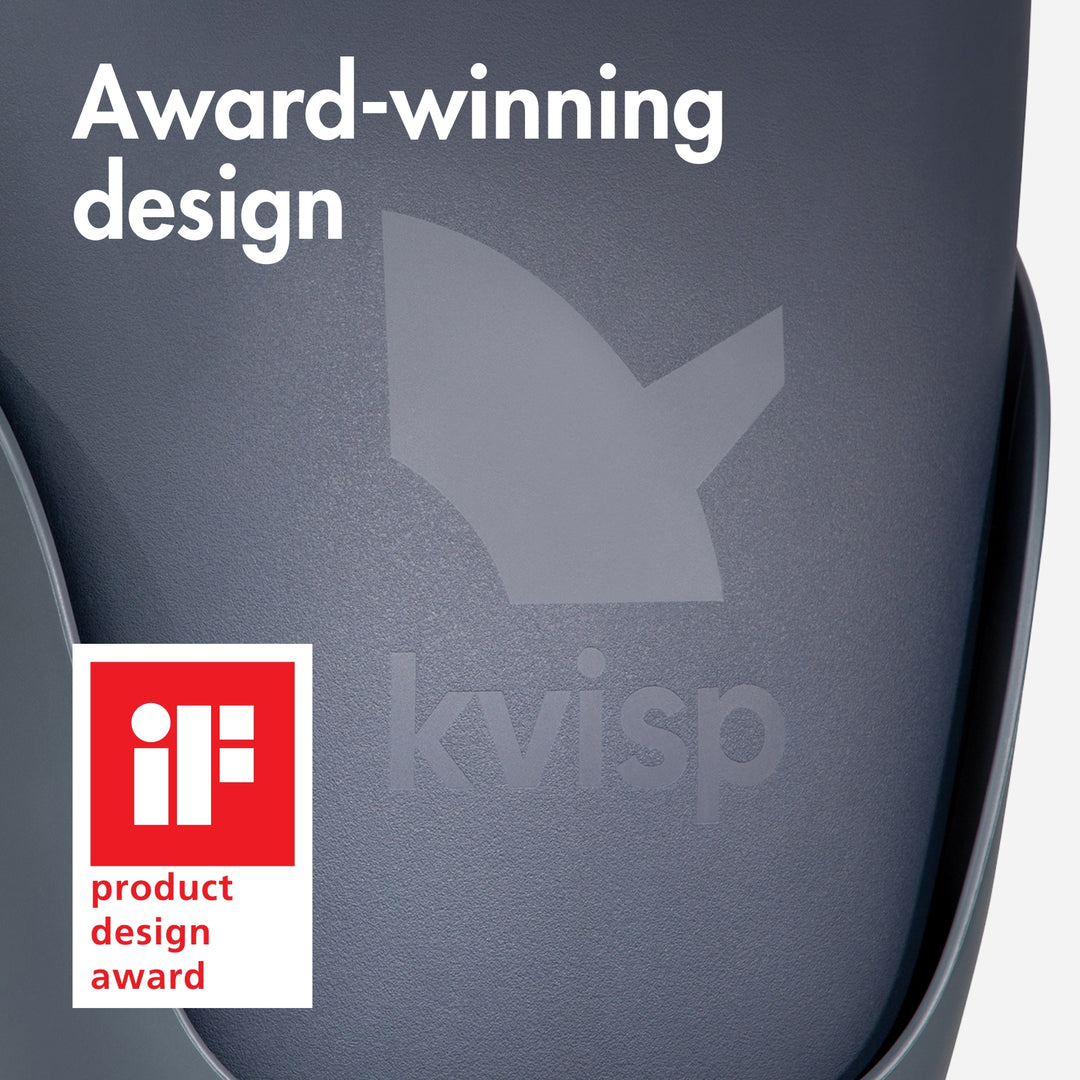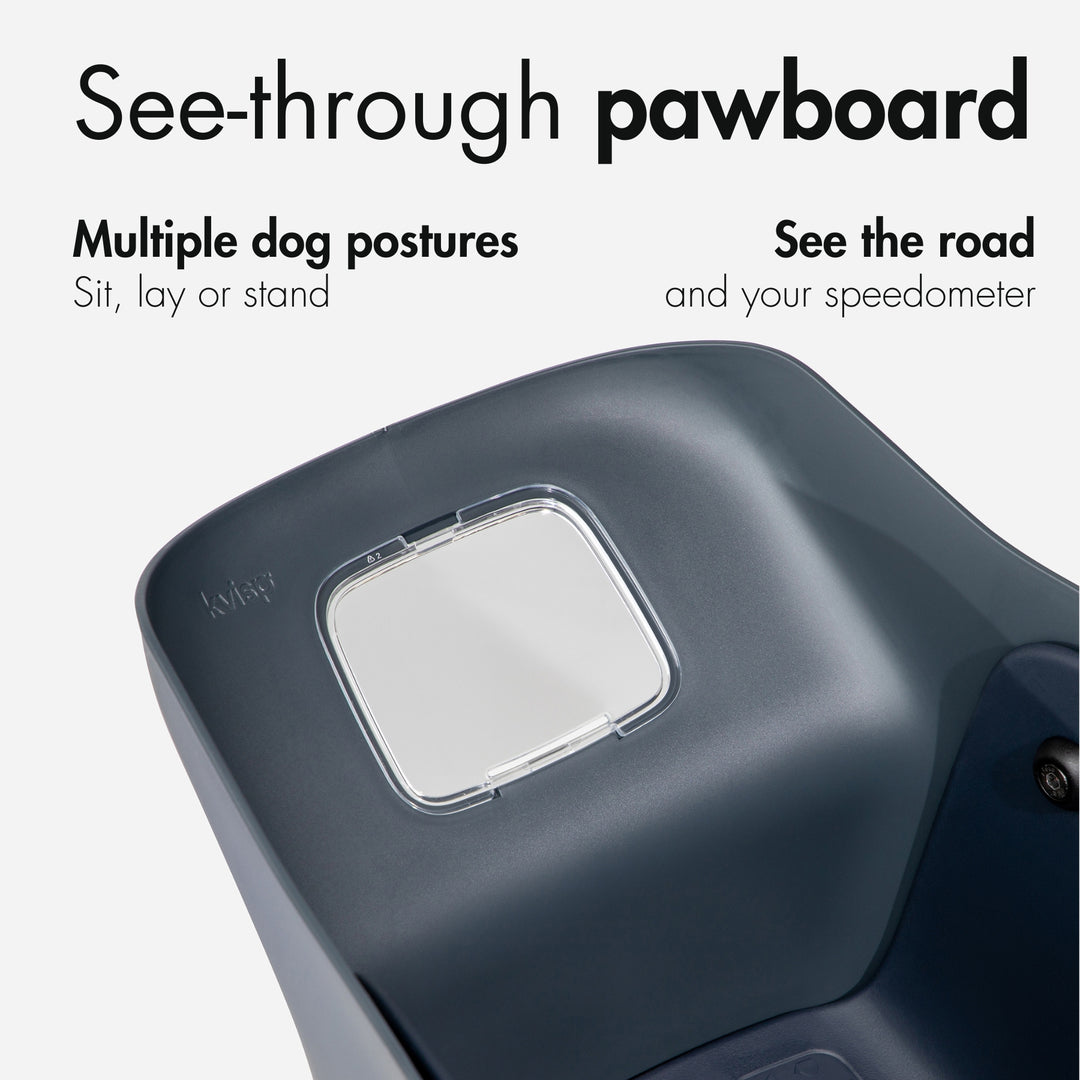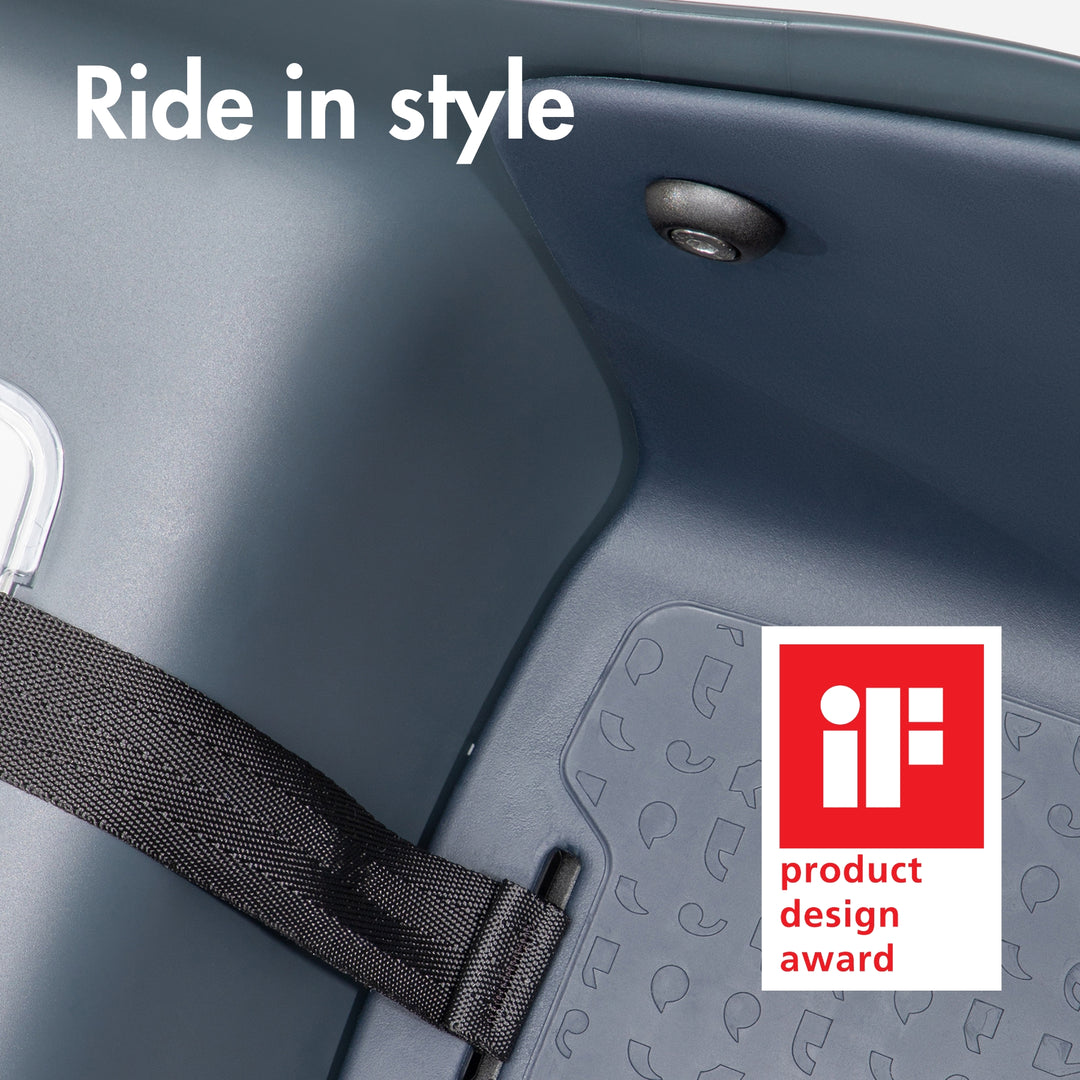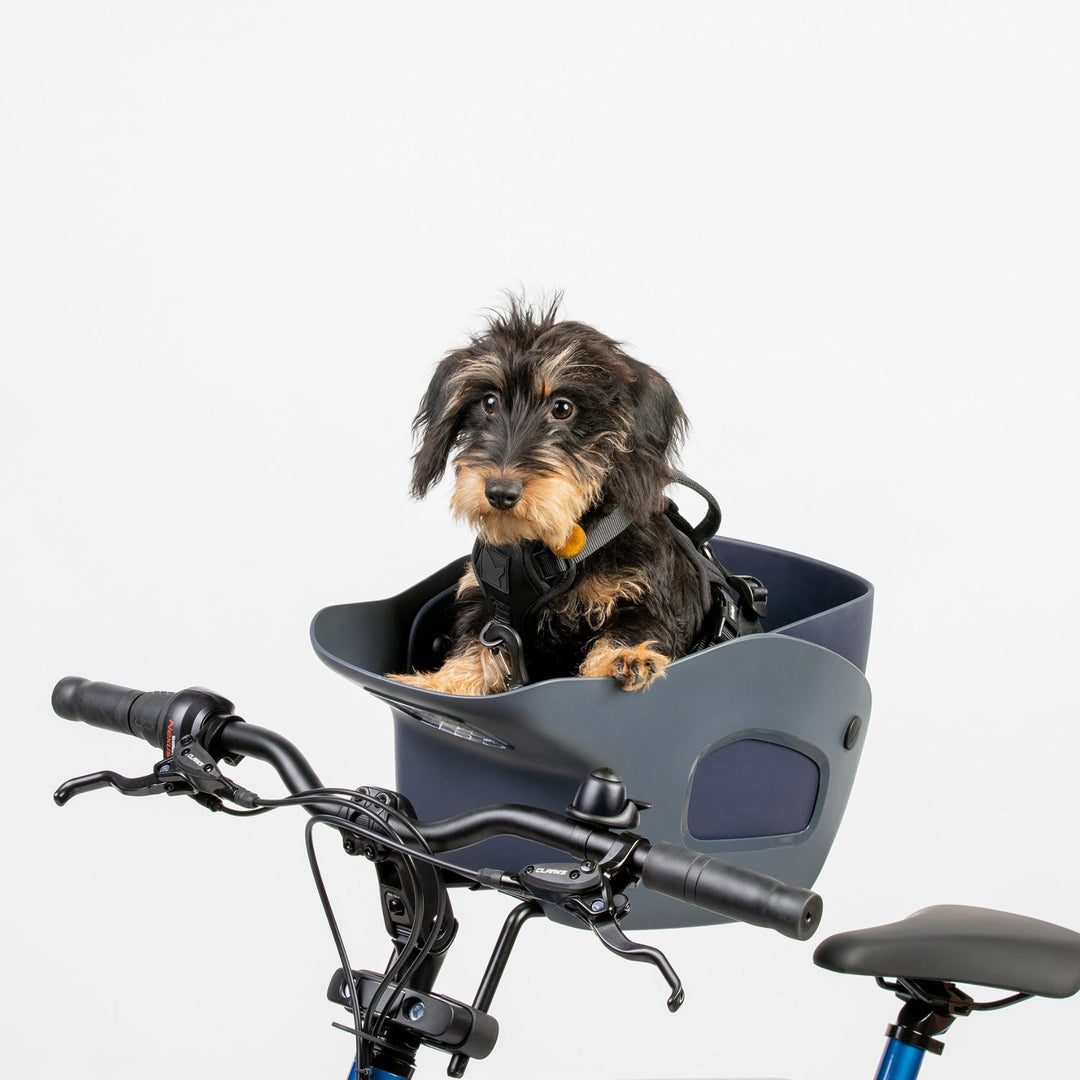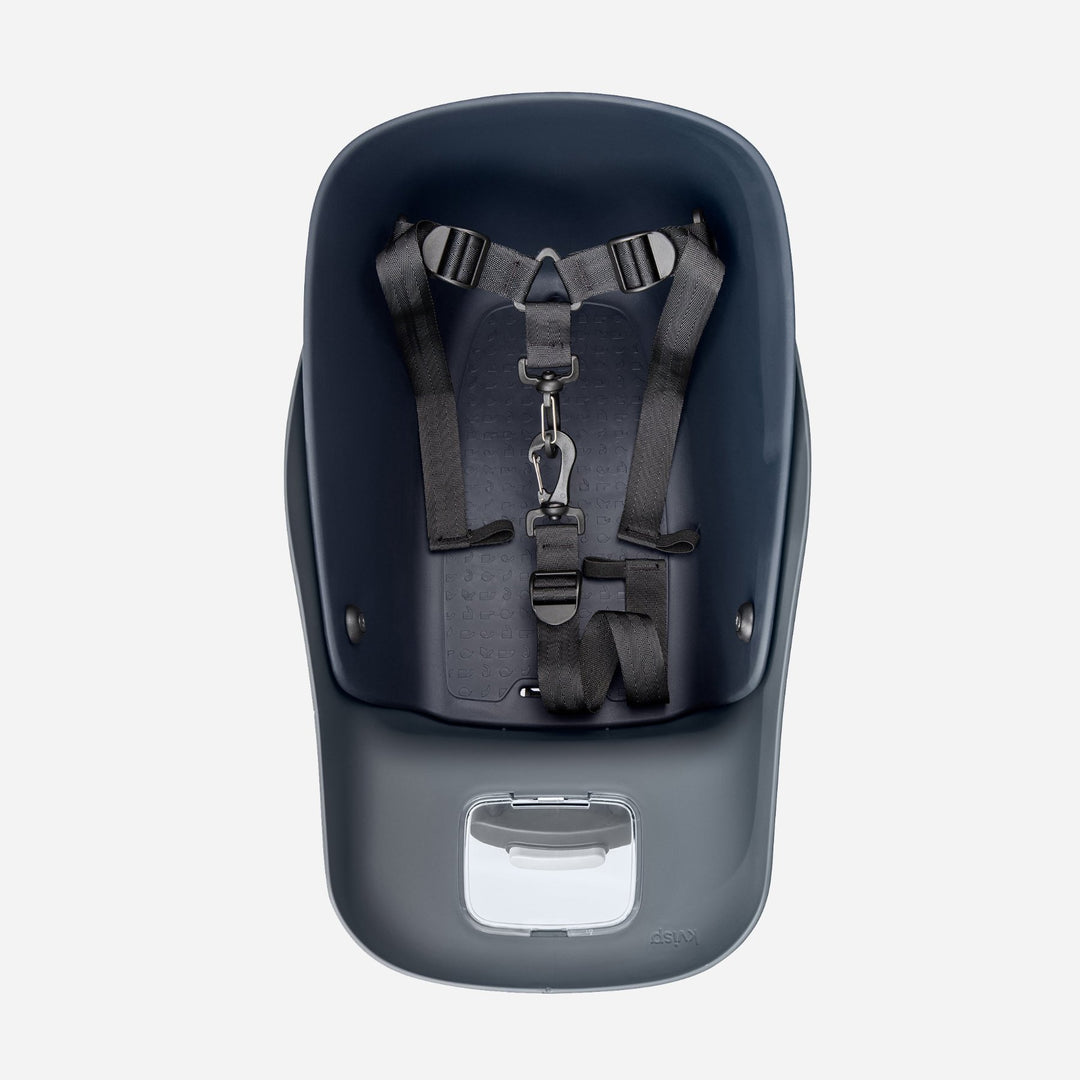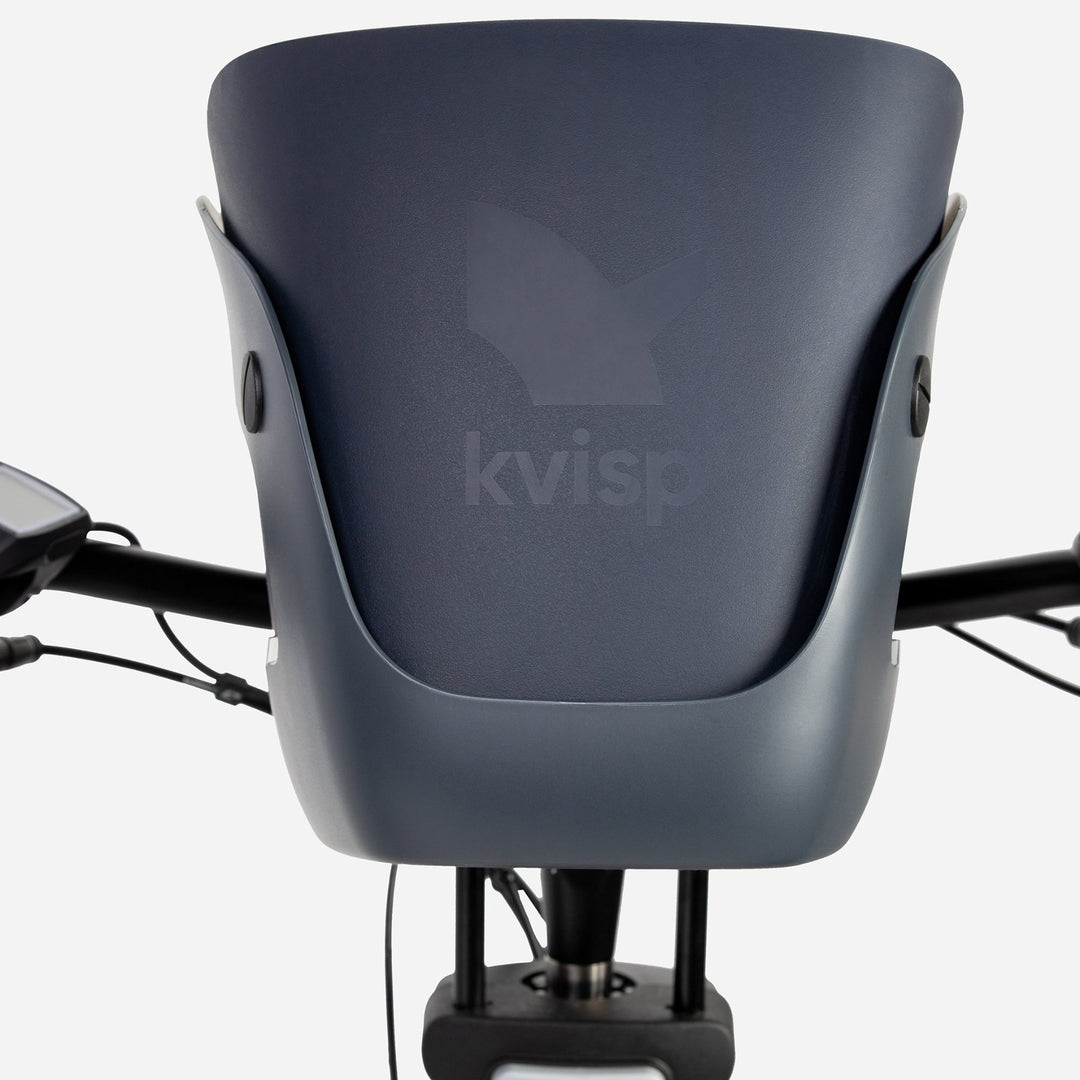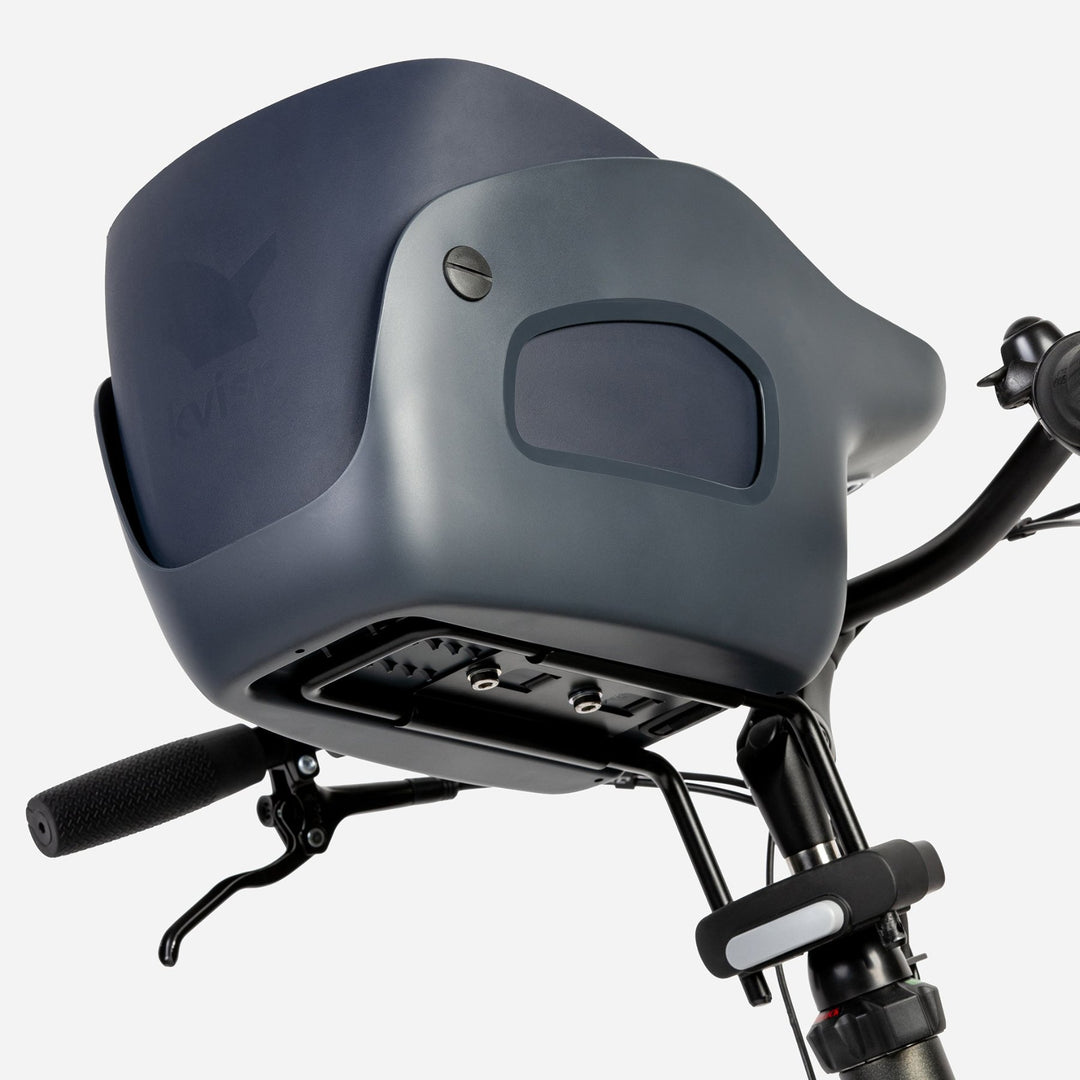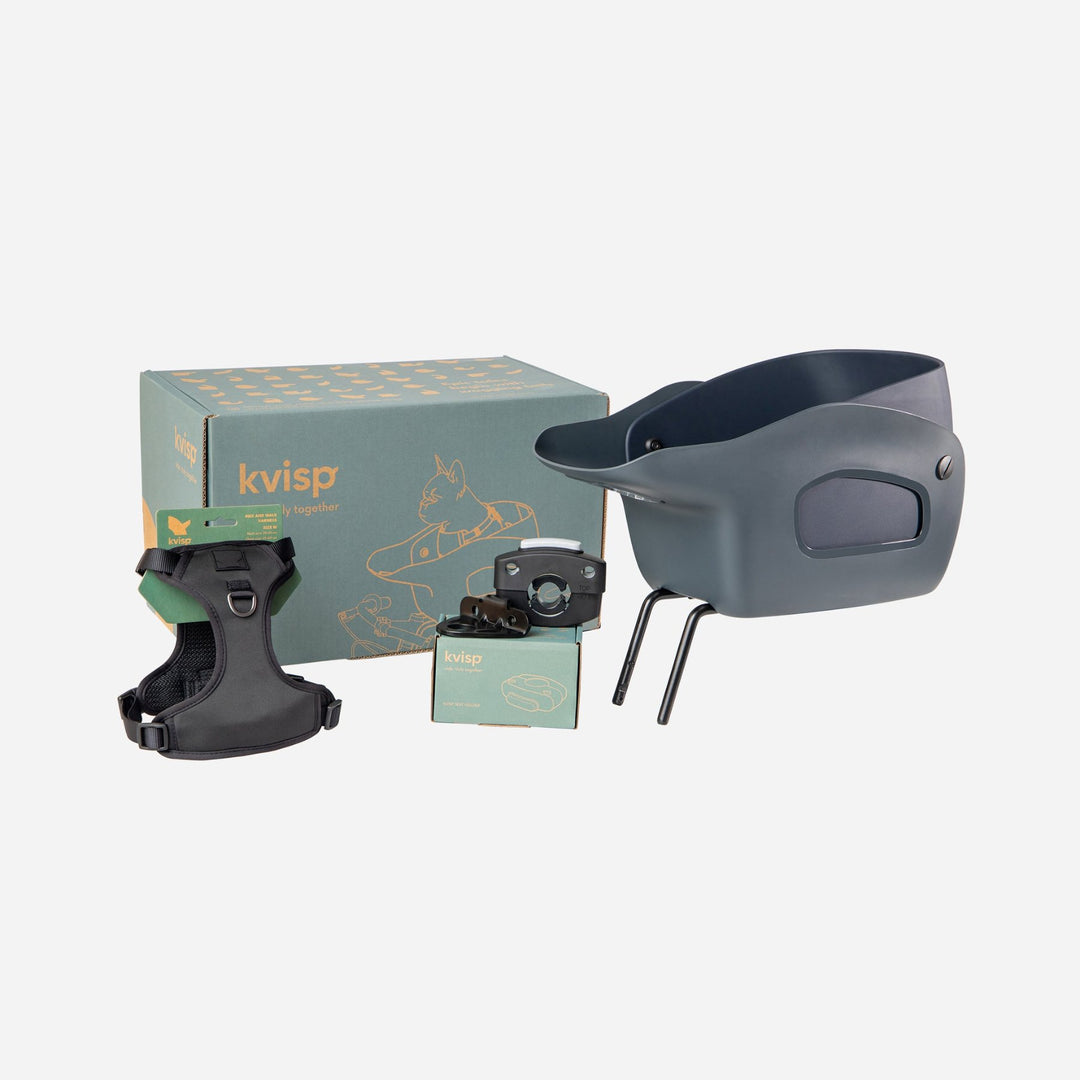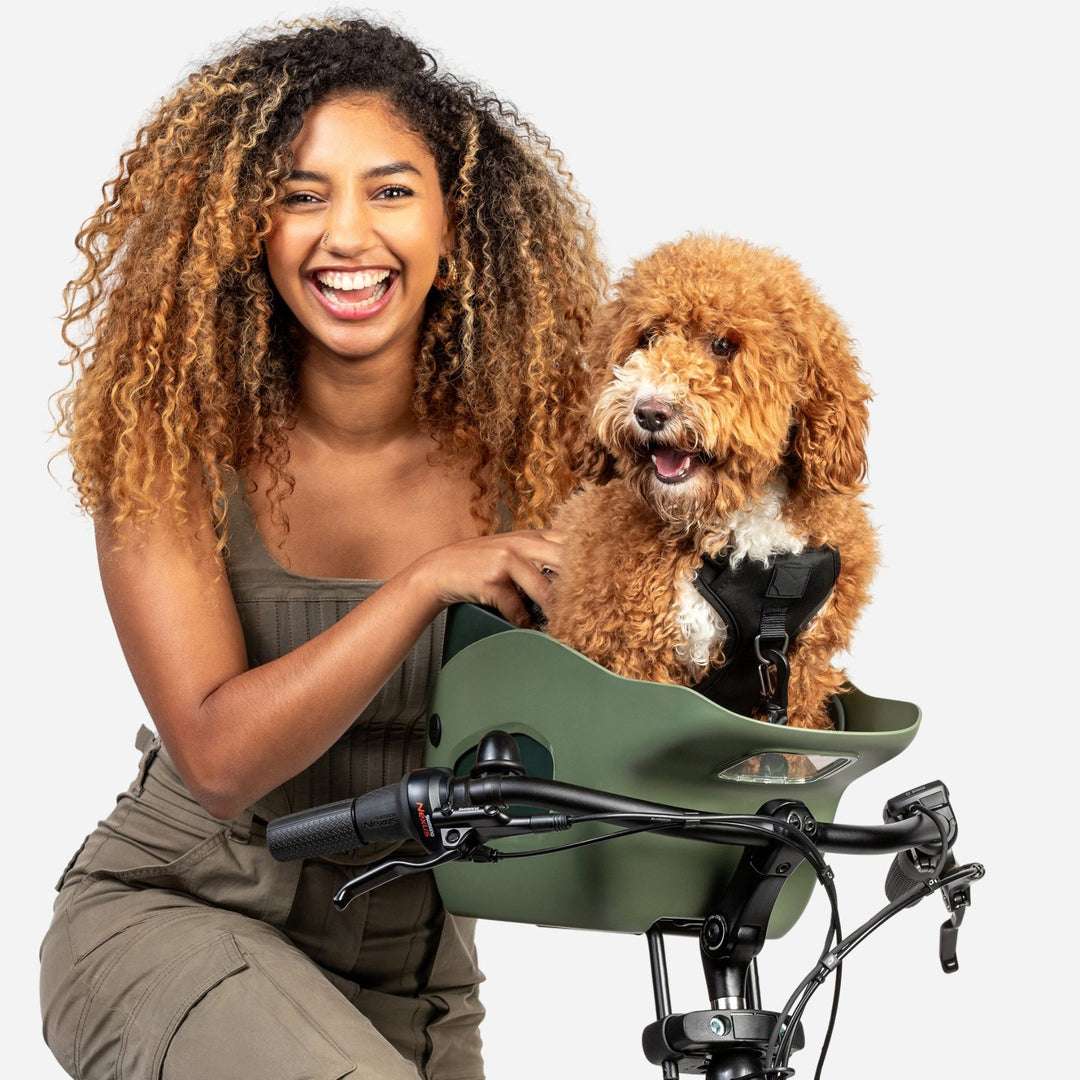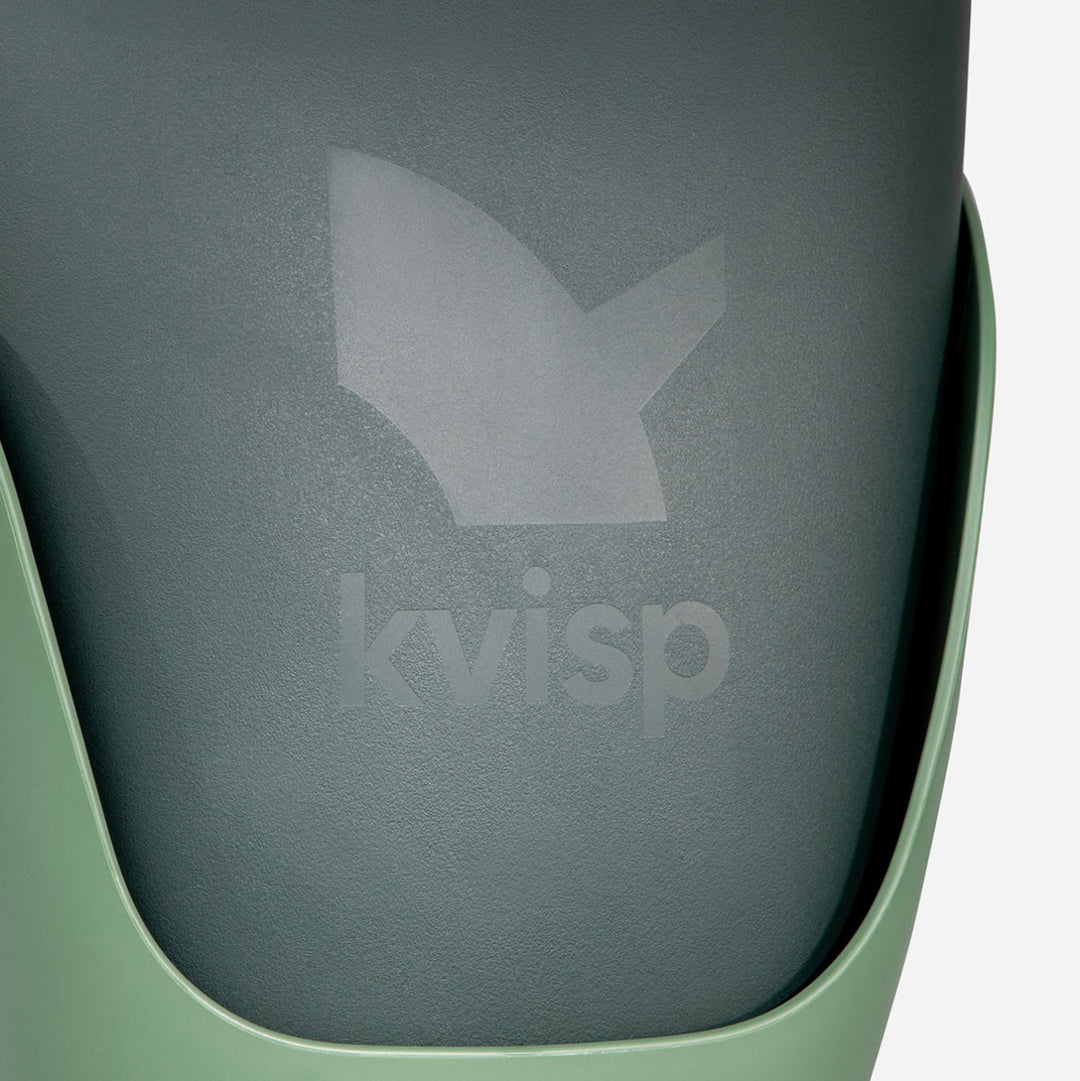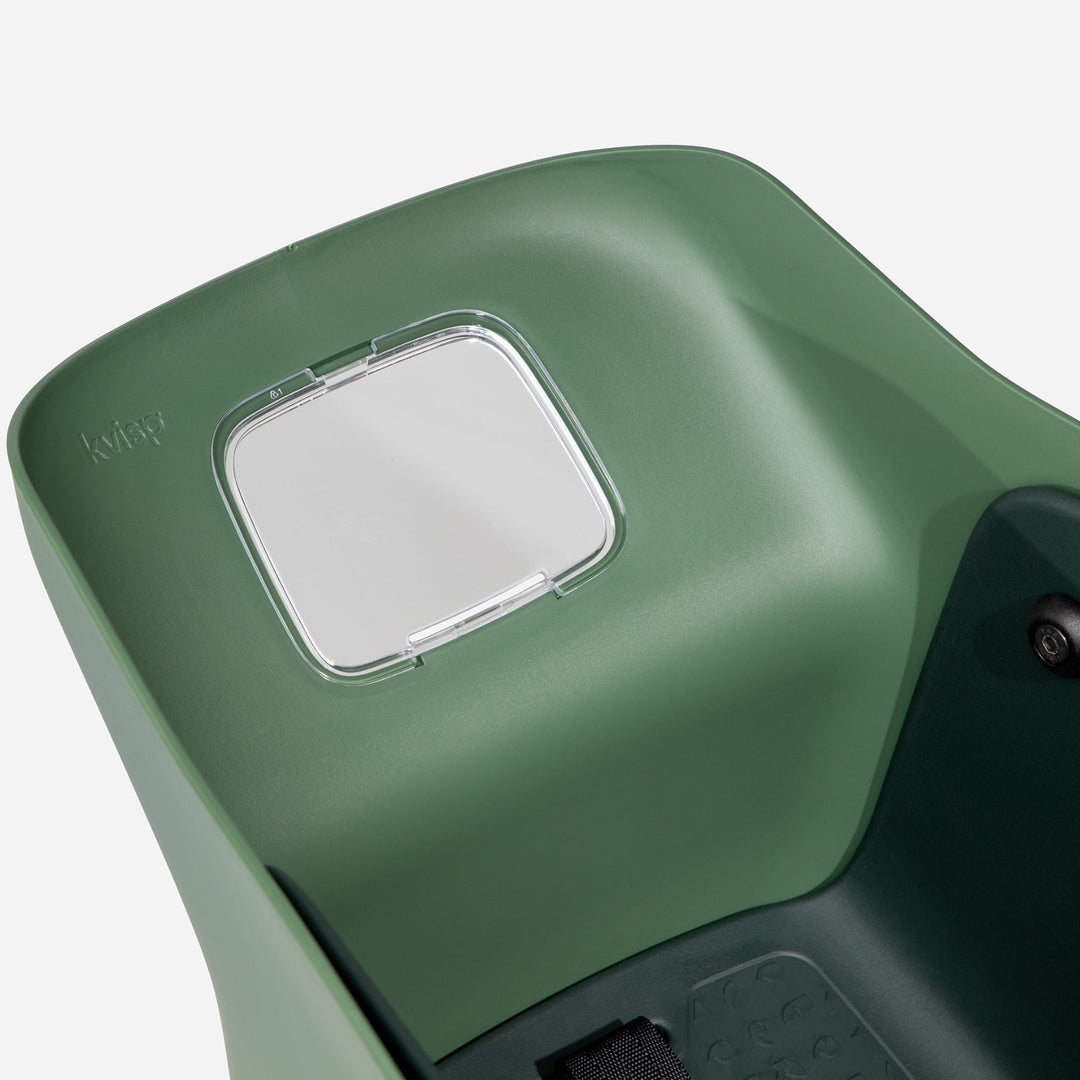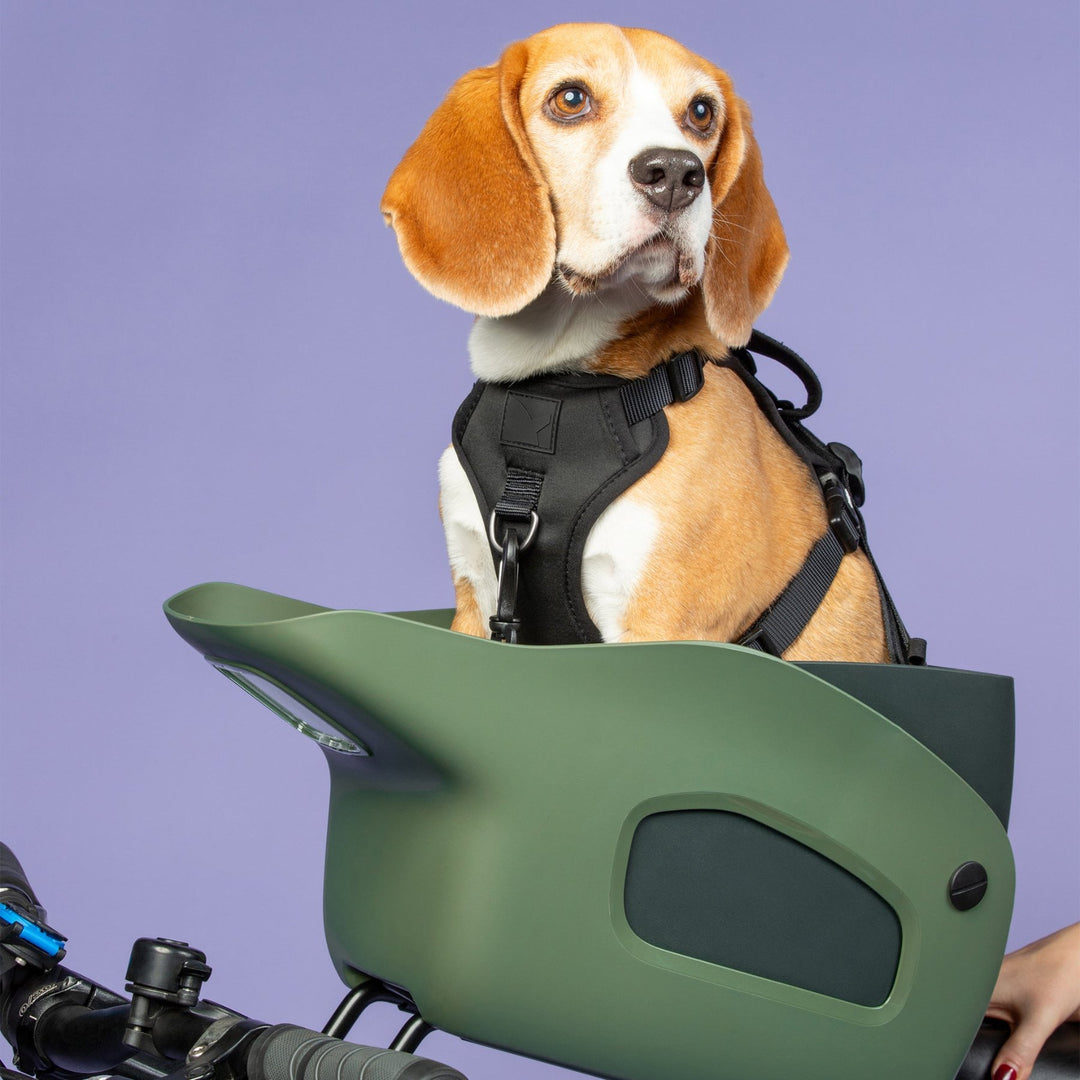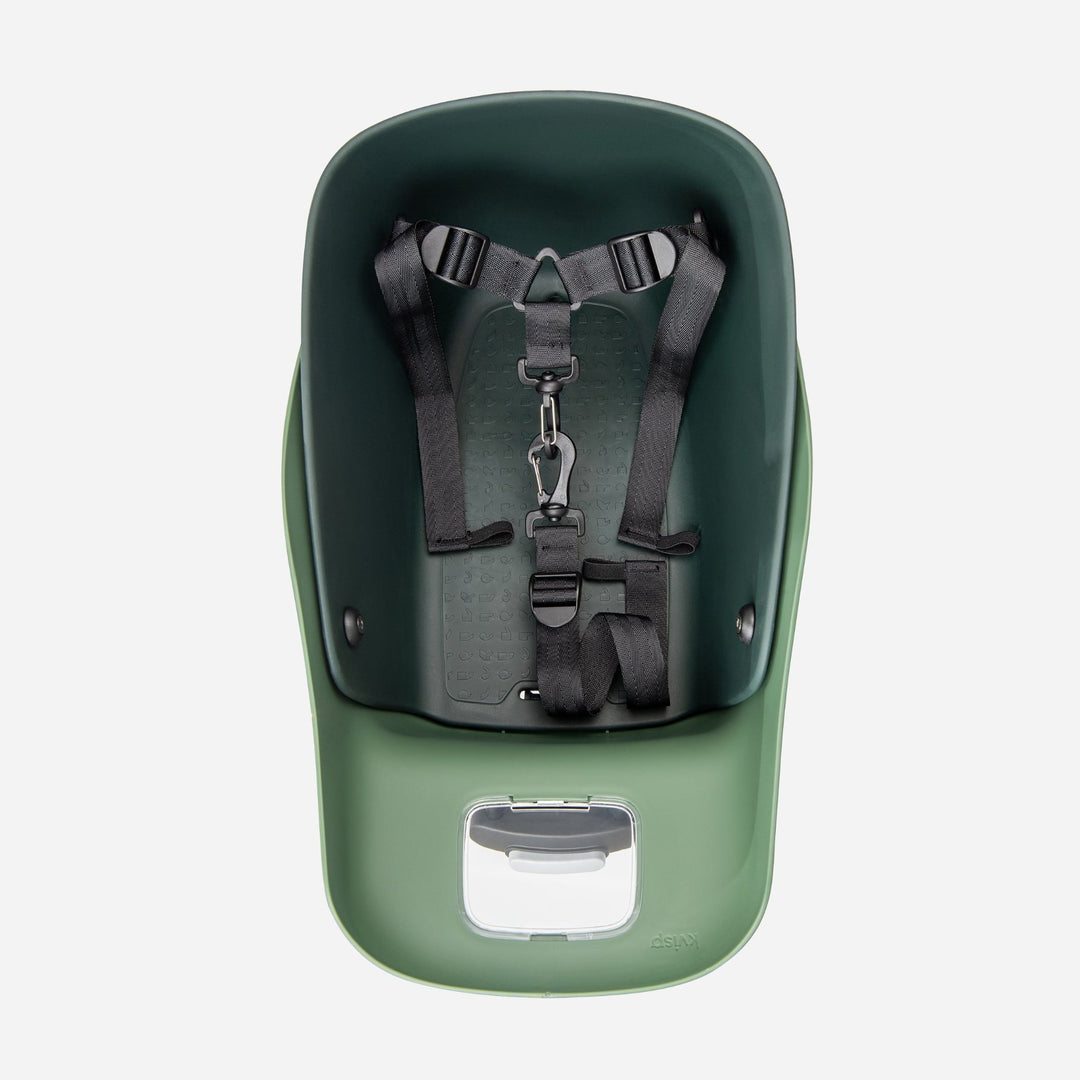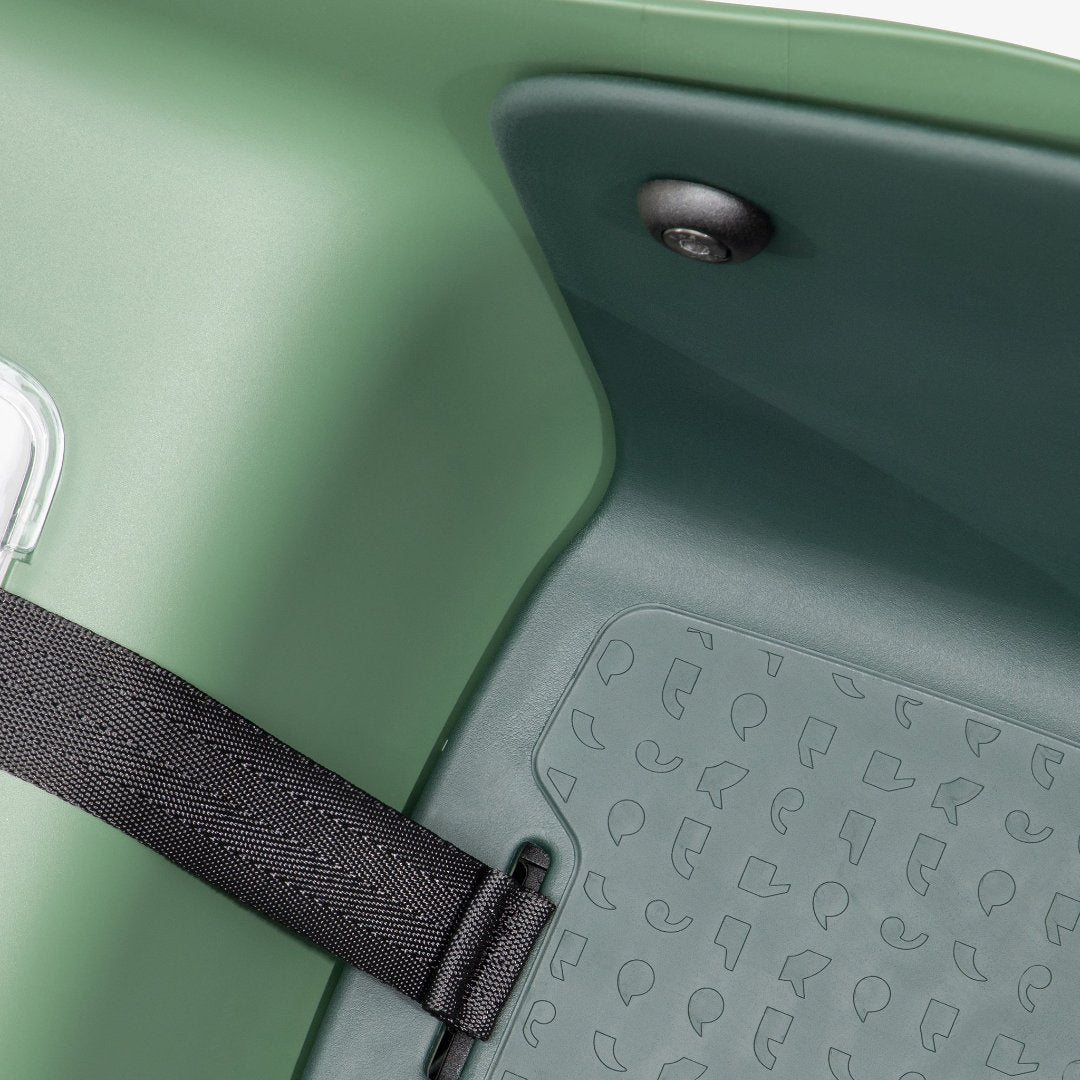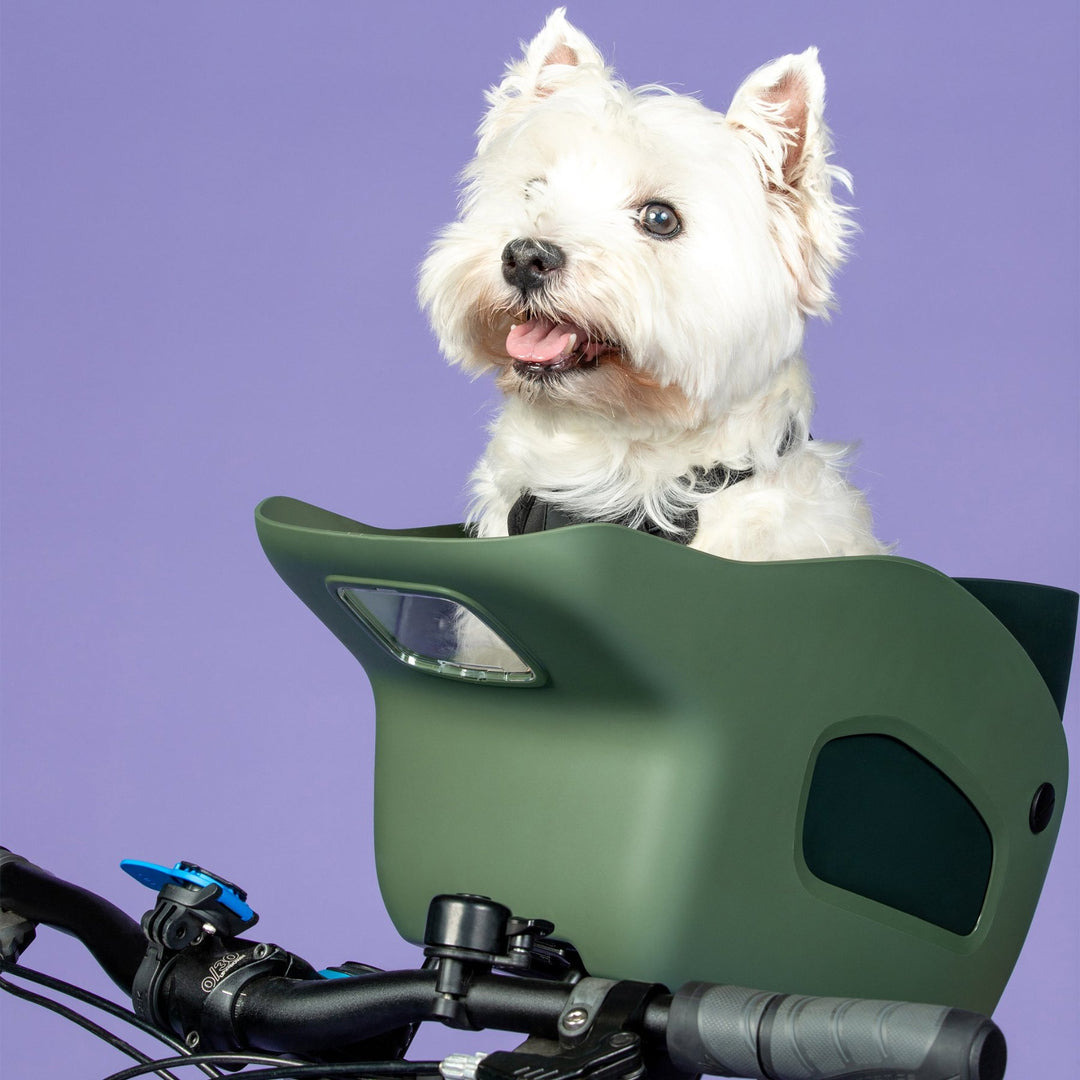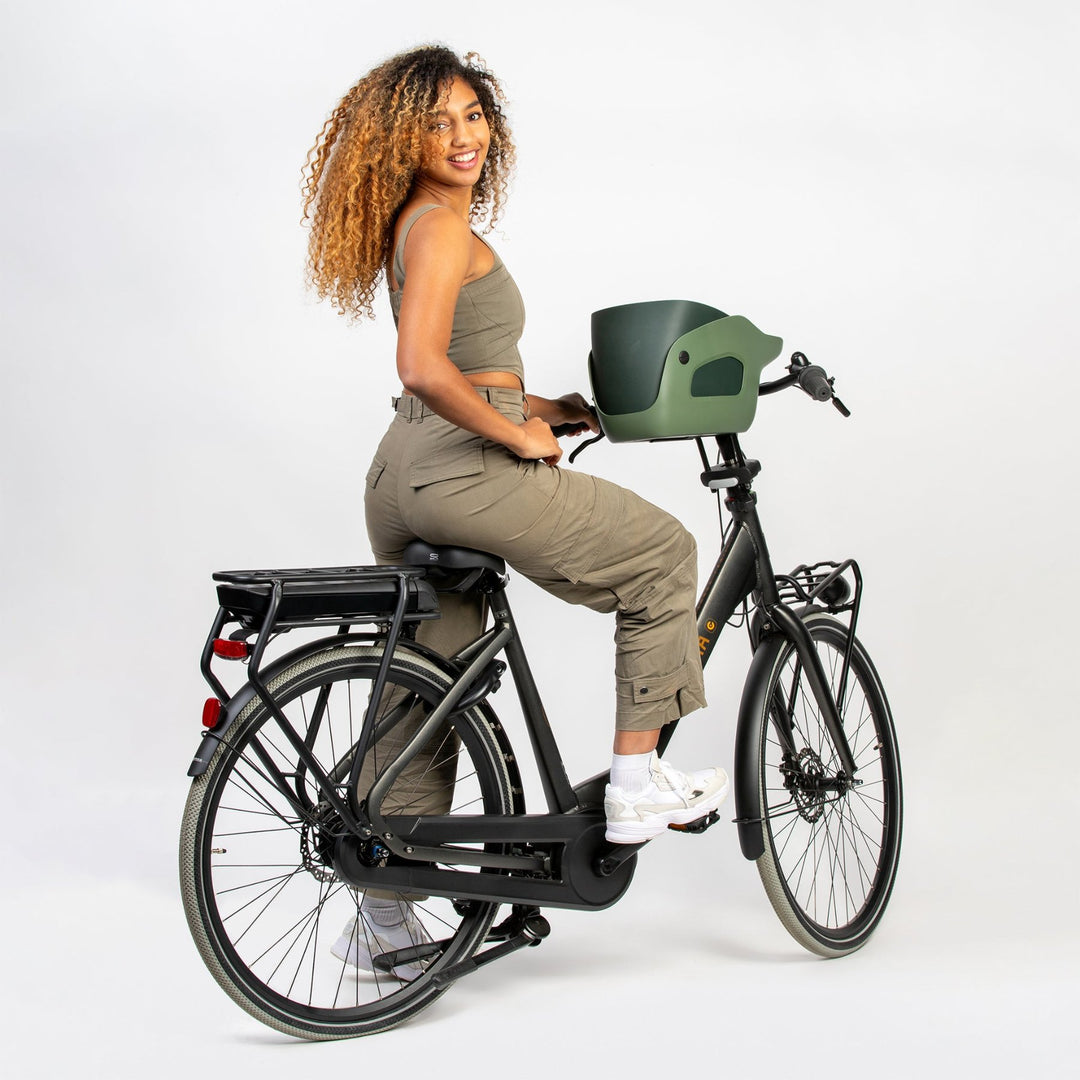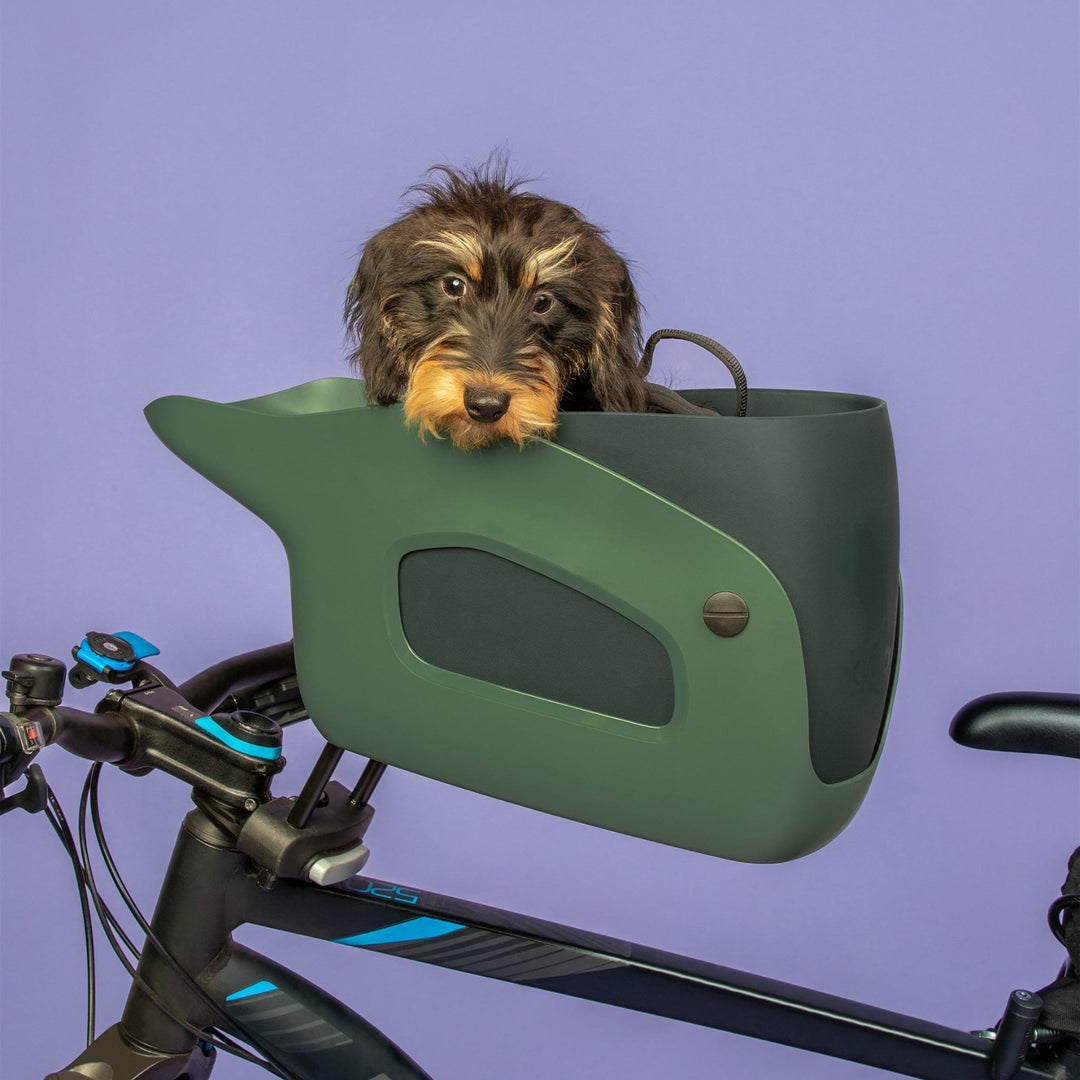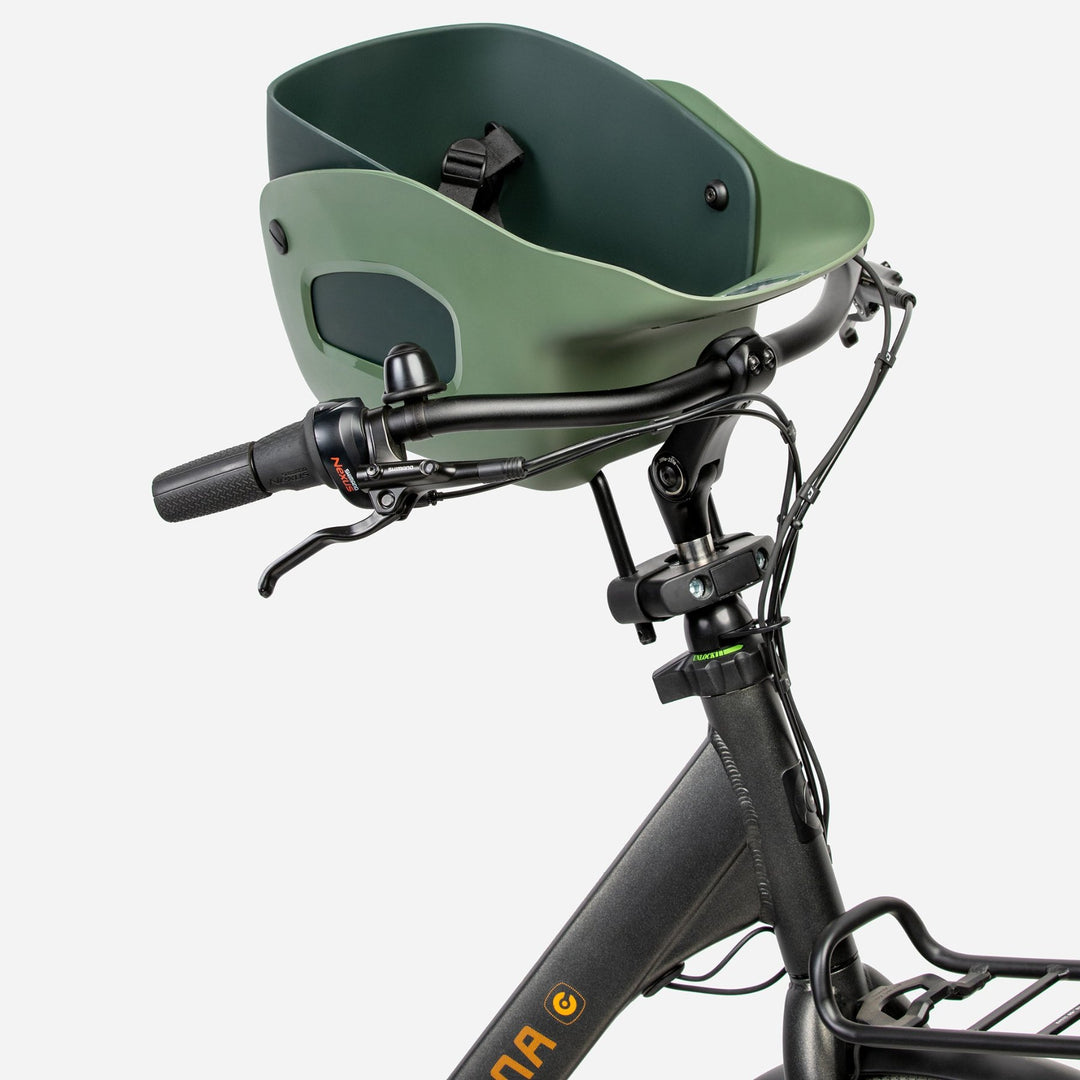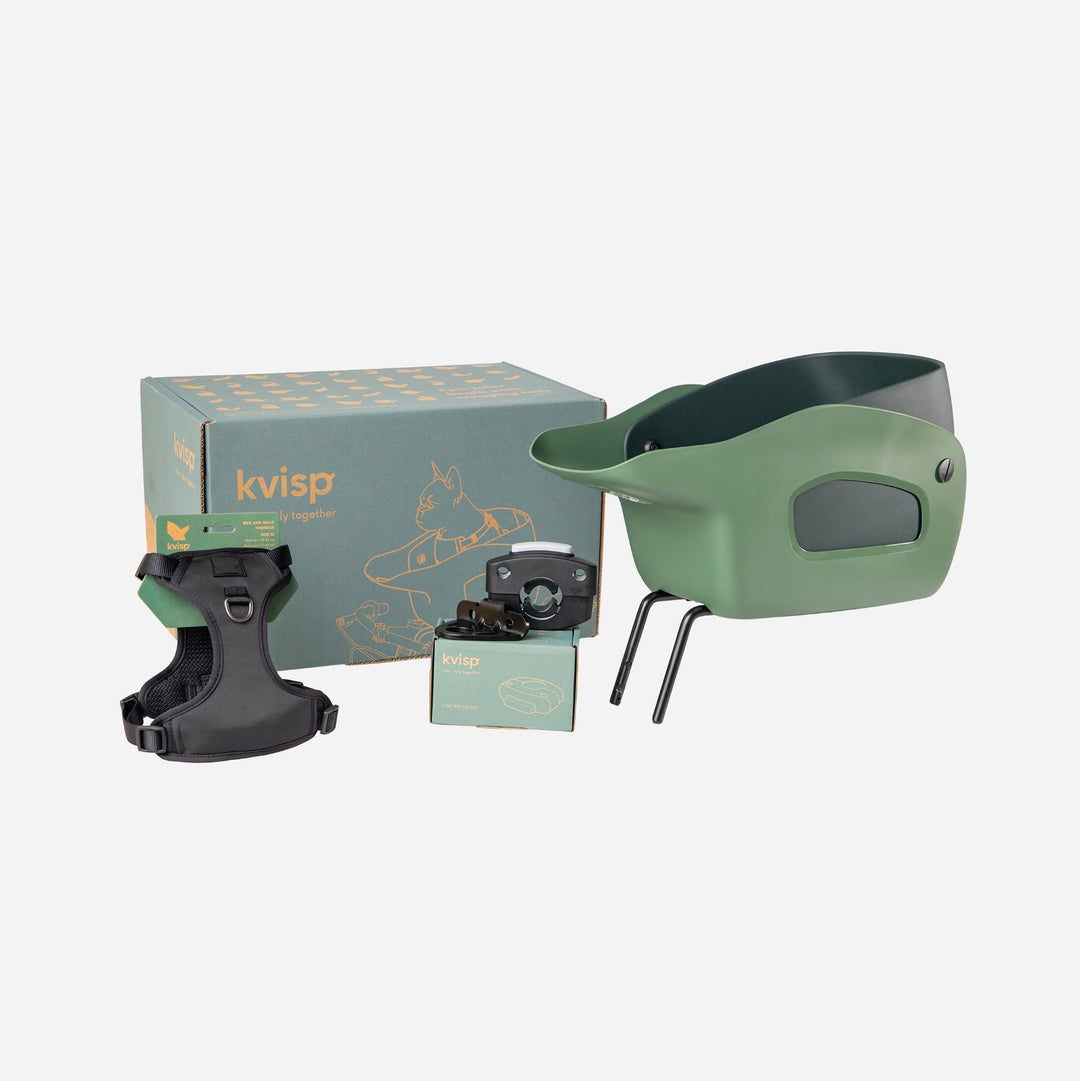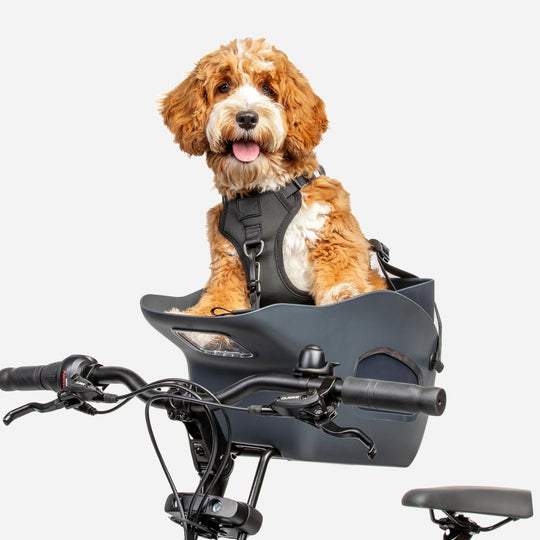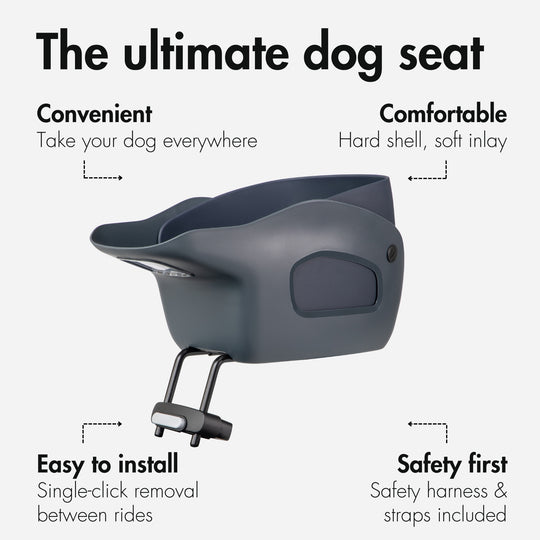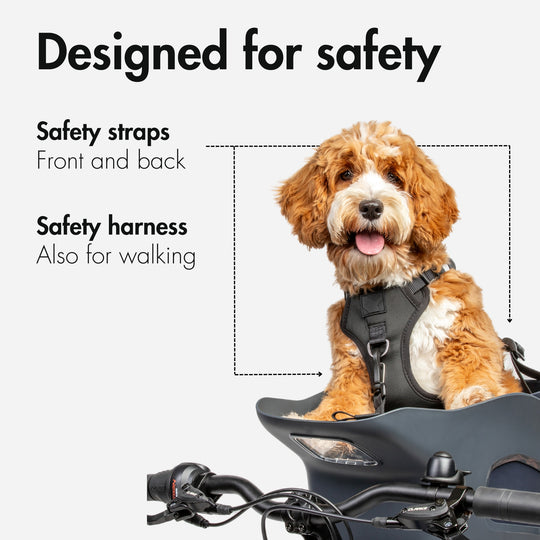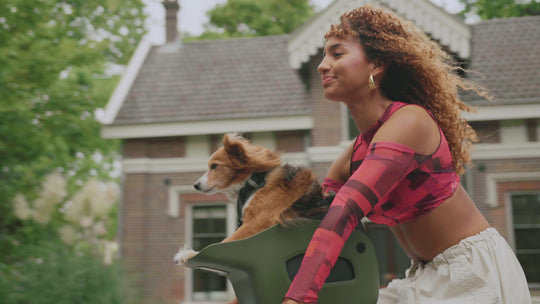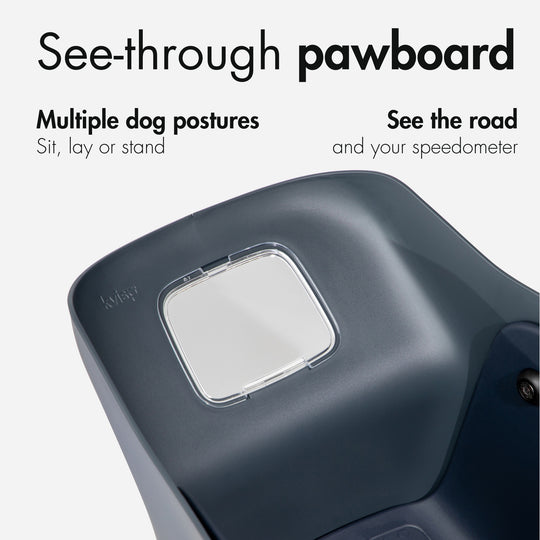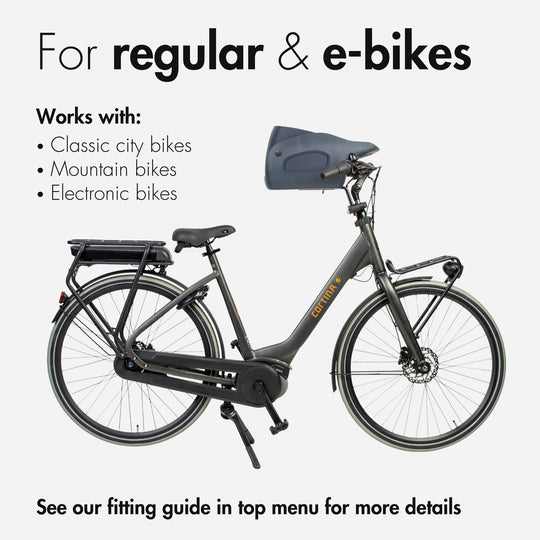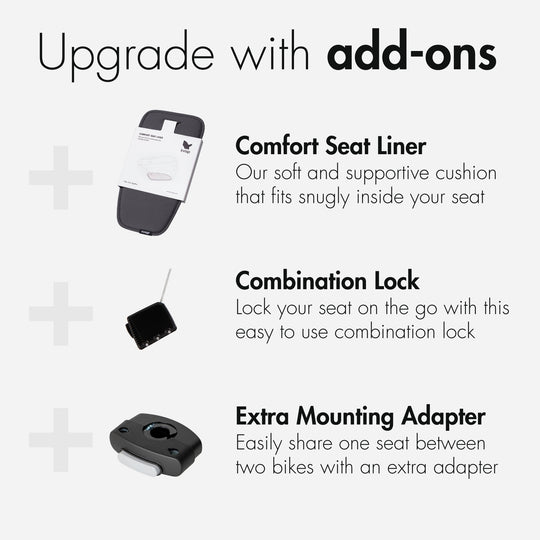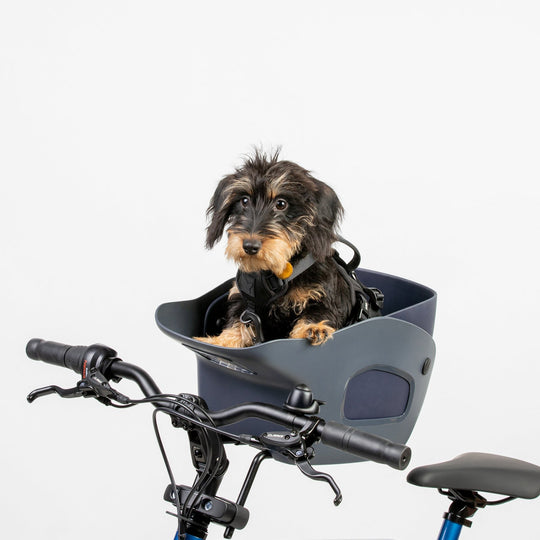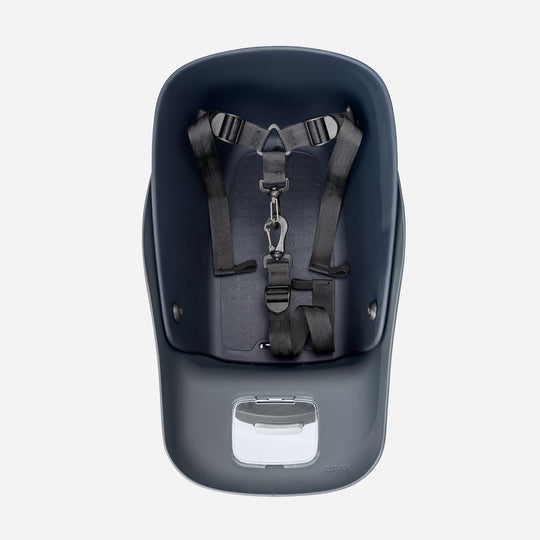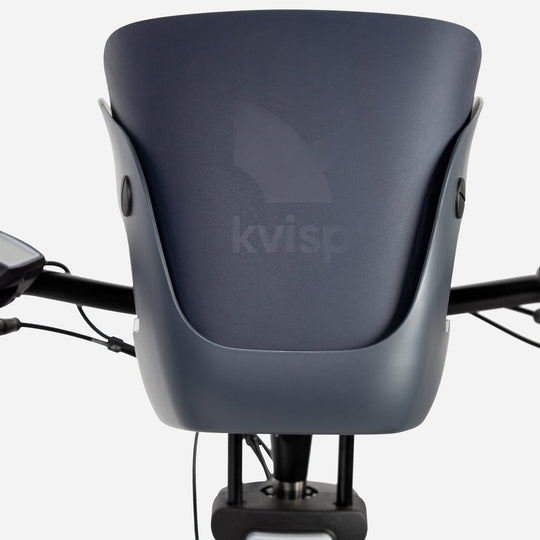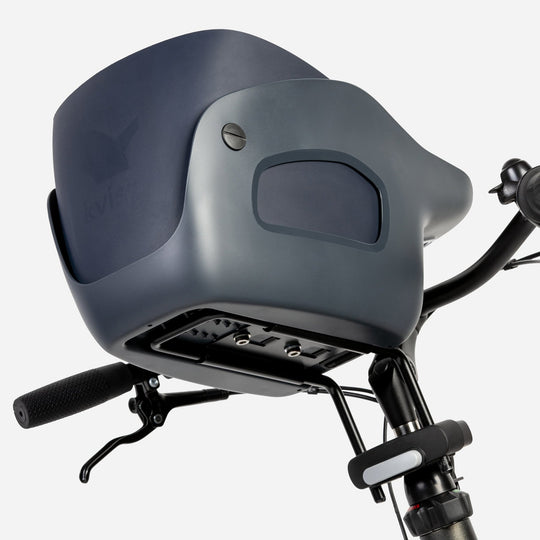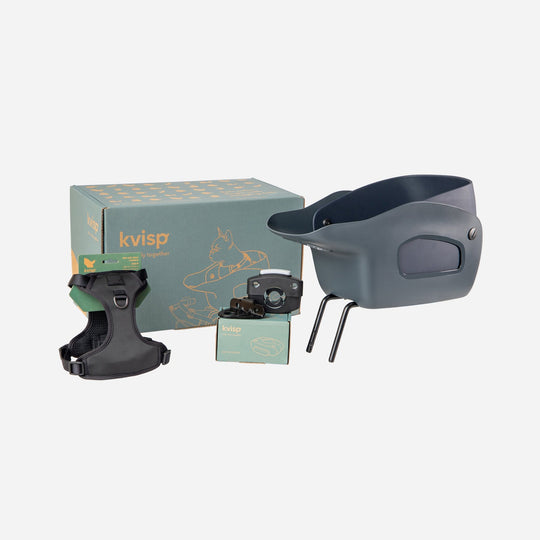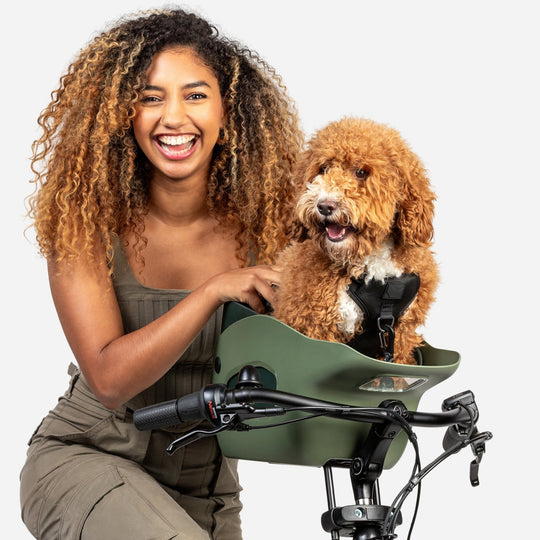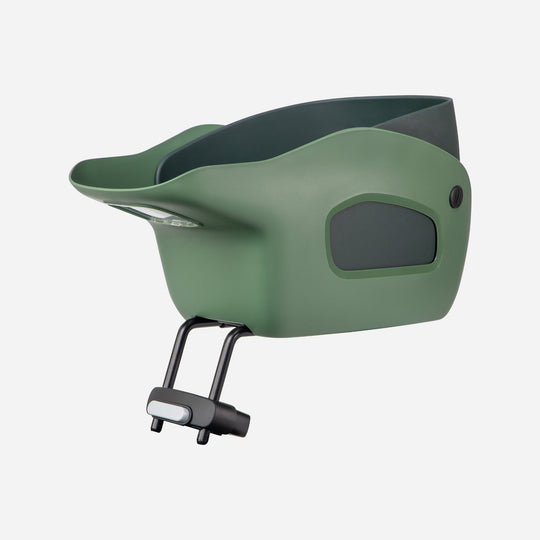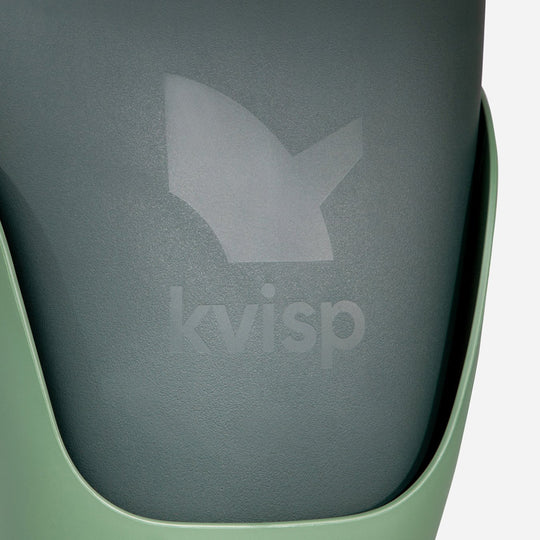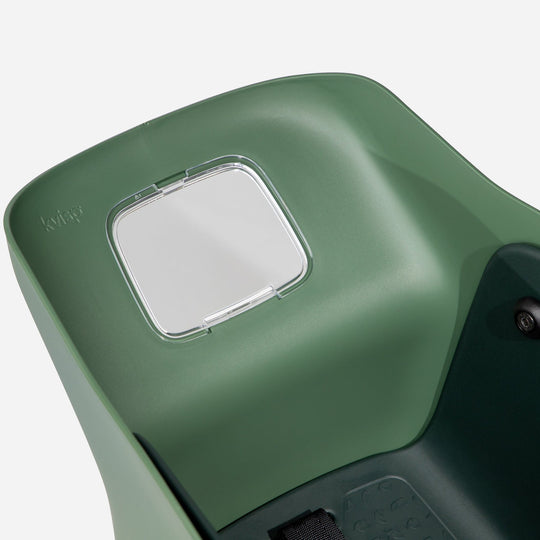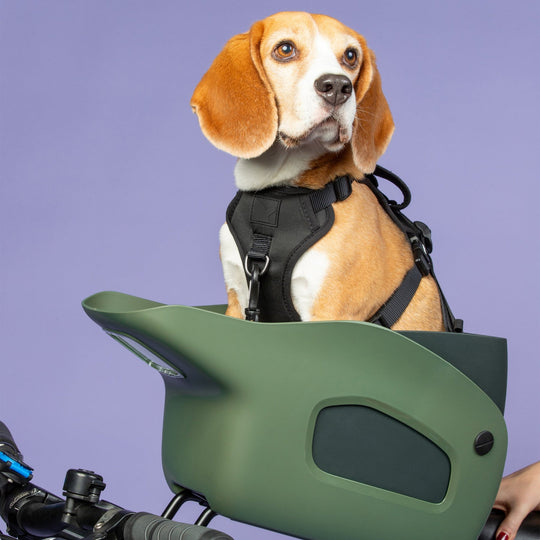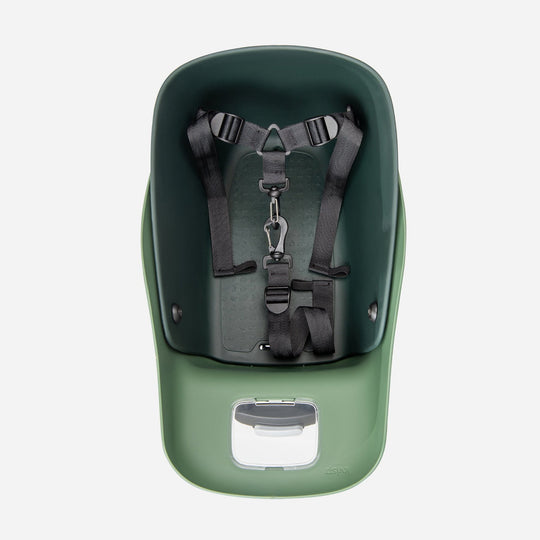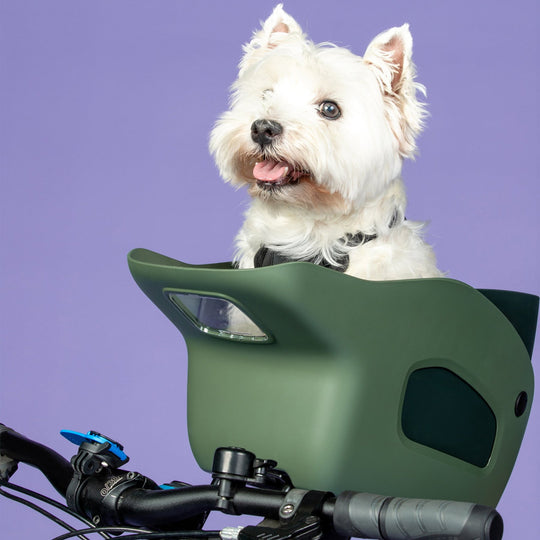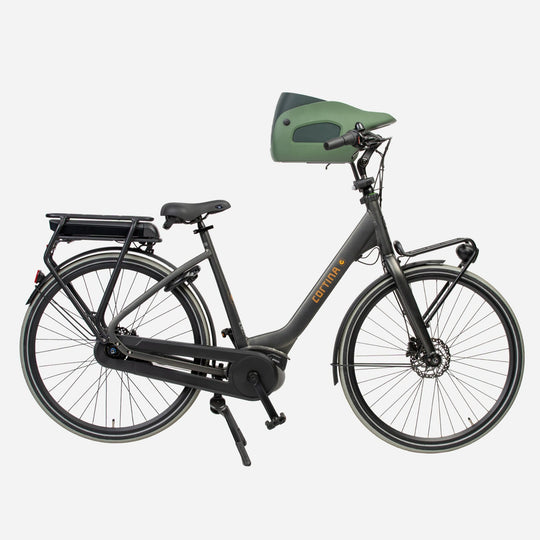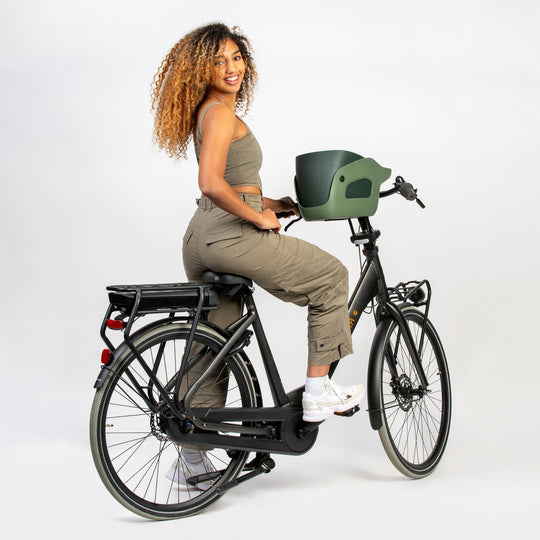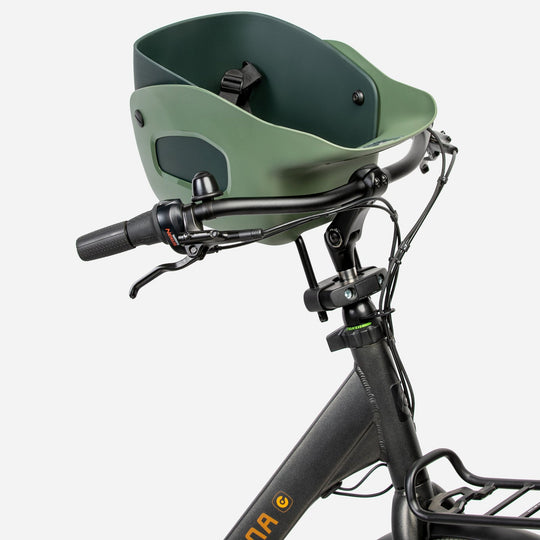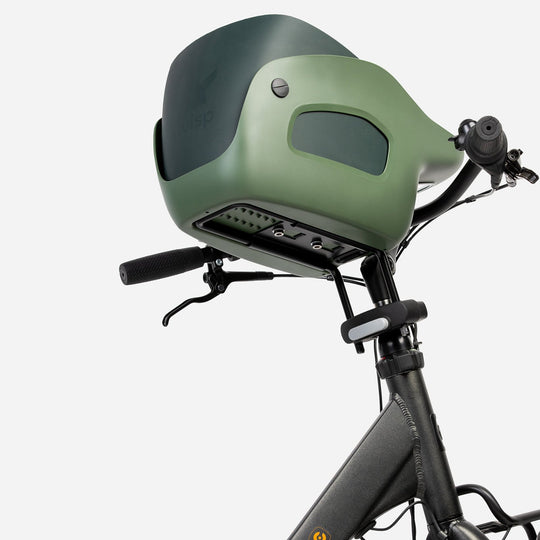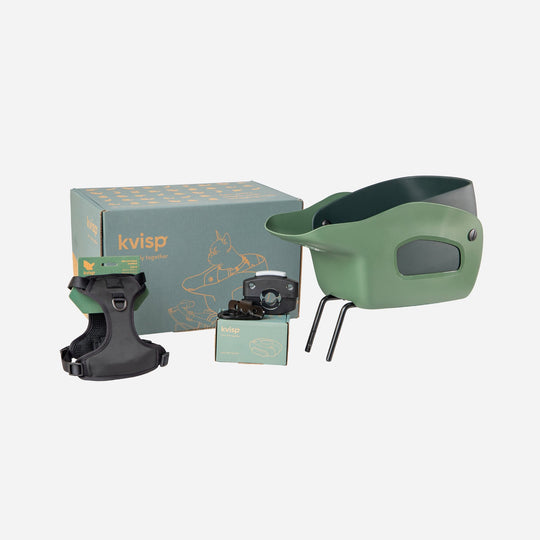The Pros and Cons of Using a Dog Cart for Your Bike
Biking with your dog sounds like a dream, right? Fresh air, new trails, and your best furry friend riding along. But what if your pup isn’t built for long-distance runs? Maybe they’re a senior dog, a smaller breed, or just not the type to keep up with your cycling pace. That’s where a dog cart for a bike comes in. It lets your dog enjoy the ride without overexertion, turning any bike trip into a shared adventure. Many pet parents love the idea of bringing their dog along, but figuring out the best way to do it is the real challenge.

While a dog cart can be a fantastic solution, it's not a one-size-fits-all product. Some dogs love the enclosed space, while others might feel uneasy being towed behind a bike. And for the rider? There are adjustments to consider, like how it affects your bike’s balance and the effort needed to pull the extra weight. If you’ve been thinking about whether this setup is right for you and your pup, let’s dive into the details and find out.
How Dog Carts Work and Their Purpose
A dog cart for a bike is essentially a small, wheeled trailer that attaches to your bike’s rear axle or frame. Think of it like a mini wagon designed for your pet! These carts are built with safety and comfort in mind, featuring mesh windows for ventilation, sturdy bases for stability, and secure harness clips to keep your pup in place. Some even have shock absorbers to ensure a smooth ride, which is great if you plan on riding over bumpy terrain.
Who Can Benefit from a Dog Cart?
-
Senior dogs: If your dog is aging or has joint issues, a cart allows them to still enjoy the outdoors without the physical strain.
-
Small or toy breeds: Tiny pups can struggle to keep up with bike speed, making a cart a safer option.
-
Dogs with limited endurance: Some dogs love running but tire out quickly. A cart lets them take breaks without cutting your ride short.
-
Multi-dog families: If you have more than one dog and they have different energy levels, a cart can accommodate the one that needs a rest.
Using a dog cart is all about expanding your dog’s world without overworking them. Whether your pet needs a break after a short run or just wants to chill while you do the pedaling, a well-designed cart makes it possible.
The Benefits of Using a Dog Cart for Your Bike
One of the best things about a dog cart for a bike is that it lets you include your pup in your outdoor activities, even if they’re not a natural runner. Not every dog is built to sprint alongside a bicycle, and that’s okay! A cart allows your dog to enjoy the adventure without putting excessive strain on their body. It’s also a great way to safely transport your pet to dog-friendly parks or trails that may be a little too far to walk to.
Another big plus? Safety. Let’s be honest—having your dog run alongside your bike comes with risks. They might get distracted, change direction suddenly, or struggle with unpredictable terrain. A dog cart eliminates those worries. Your pup stays secure in an enclosed, well-ventilated space while you focus on the ride. Plus, carts with durable wheels and low centers of gravity reduce the chances of tipping over, even when taking turns.
Comfort and Safety Considerations
A dog cart might seem like a simple attachment, but choosing the right one requires careful thought. Comfort is key—if your pup doesn’t feel at ease, they won’t enjoy the ride, and neither will you. The first thing to consider is the cart’s interior space. It should be roomy enough for your dog to sit, stand, and turn around comfortably, but not so large that they slide around while you ride.
Key Safety Features to Look For:
-
Secure harness attachments: Prevents your dog from jumping out mid-ride.
-
Mesh ventilation panels: Ensures airflow to keep your pup cool.
-
Padded flooring: Adds comfort, especially for longer rides.
-
Reflectors and bright colors: Enhances visibility for safety in low-light conditions.
-
Sturdy wheels with good suspension: Helps absorb shocks from bumps and uneven roads.
The last thing you want is a bumpy, uncomfortable experience that makes your dog hesitant to get in the cart next time. Investing in a cart with quality safety features ensures that every ride is smooth and enjoyable.
The Downsides of Using a Dog Cart
As great as a dog cart for a bike can be, it does come with its share of drawbacks. The most obvious? The added weight. Pulling a cart, especially with a medium-to-large dog inside, requires extra effort—something to keep in mind if you’re not used to cycling with resistance. This added weight also affects your bike’s maneuverability, making sharp turns and quick stops trickier.
Another challenge is road and path accessibility. Not all bike lanes or trails are designed with trailers in mind. Some paths may be too narrow for a cart, and rough terrain can make for a bumpier ride than your dog (or you!) would prefer. If you’re navigating city streets, you also have to be extra cautious about traffic and pedestrian movement. For some, these limitations make dog carts less appealing than more compact alternatives.
Terrain and Road Conditions: Where Dog Carts Shine and Struggle
Not all surfaces are friendly for a dog cart! While smooth pavement and dedicated bike lanes are ideal, other terrains can be more challenging. If you love off-road biking or frequently ride on dirt paths, consider whether a cart’s wheels and suspension can handle the bumps.
Best Terrains for a Dog Cart:
-
Paved roads & bike paths: Smooth surfaces make for the best rides.
-
Well-maintained parks: Ideal for leisure rides with minimal bumps.
-
Suburban neighborhoods: Wide streets and sidewalks allow for easy maneuvering.
Challenging Terrains for a Dog Cart:
-
Gravel or rocky paths: Can cause excessive shaking and discomfort for your dog.
-
Sandy or muddy trails: Wheels may sink, making it difficult to pedal.
-
Hilly roads: Extra weight makes inclines tougher to navigate.
Before investing in a cart, think about where you’ll be riding most often. A well-paved city route? Great! A bumpy, off-road trail? Maybe not the best match. Choosing a cart suited for your usual terrain ensures a better experience for both you and your pup.

Energy and Fitness: What It Means for You and Your Dog
Cycling with a dog cart for a bike changes the way you ride. If you're used to cruising effortlessly on two wheels, adding a cart will make you work harder! Even the most lightweight models introduce some resistance, which means you'll need stronger legs and better endurance to keep up the pace—especially if your dog is on the heavier side. This isn't necessarily a bad thing. Some cyclists enjoy the added challenge, treating it as a fun way to improve their fitness while spending quality time with their pup.
For your dog, a cart provides a relaxed way to enjoy the outdoors, but it also reduces their physical activity. If your pup is highly energetic and needs exercise, you'll want to balance cart rides with opportunities to run, walk, or play. Some pet owners let their dogs run for part of the trip before settling them into the cart when they get tired. That way, both you and your furry passenger get the best of both worlds—fresh air, movement, and adventure!
Alternatives to Dog Carts: Finding the Best Fit for Your Lifestyle
While a dog cart for a bike is a fantastic option for many, it's not the only way to bring your pup along for the ride. Depending on your dog's size, temperament, and your cycling habits, other options might suit you better.
Common Alternatives to a Dog Cart:
-
Front-mounted dog bike carriers: Ideal for small to medium-sized dogs, these let you keep your pup close while maintaining excellent control of your bike.
-
Rear-mounted dog baskets: Great for compact breeds who enjoy open-air rides. However, they can be harder to balance compared to front-mounted options.
-
Bike leashes for running dogs: If your dog is active and trained, they might prefer running alongside you rather than sitting in a cart.
Each option has pros and cons, so it’s worth considering what fits your routine best. If you prefer a setup that feels lighter and easier to maneuver, a dog cart might not be the best choice—but don’t worry, there are other great solutions!
A Smarter Alternative: The Convenience of a Front-Mounted Dog Bike Carrier
One of the biggest drawbacks of a dog cart for a bike is how it affects maneuverability. Having a trailer hitched behind you changes the way you ride, making it harder to navigate sharp turns, traffic, or tight spaces. If you bike in an urban setting or prefer a more agile setup, a front-mounted dog bike carrier might be a better alternative.

A front-mounted carrier allows your dog to sit securely in front of you, offering better control and a more interactive experience. You can check in on your pup easily, reassure them with a quick pat, and enjoy the ride together without the disconnect of a rear trailer. This is why many pet parents prefer the Kvisp Dog Bike Carrier—it's lightweight, sturdy, and designed for both safety and comfort. If you’re looking for a more compact, less cumbersome way to cycle with your dog, this could be the perfect fit!
Training Your Dog to Enjoy the Ride
Not every dog takes to a cart right away. Some will hop in and enjoy the experience immediately, while others may need time to adjust. The key is to introduce the cart gradually so your dog feels safe and comfortable.
Steps to Help Your Dog Get Used to a Bike Cart:
-
Start with stationary time: Place the cart in your home or yard and let your dog sniff and explore it without pressure.
-
Use treats and positive reinforcement: Reward your dog for stepping inside and staying in the cart.
-
Take short test rides: Begin with gentle, slow rides in a safe area before heading onto busier roads or trails.
-
Observe their comfort level: If your dog seems anxious, go at their pace—forcing them can create long-term resistance.
Patience is key! The more positive experiences your dog has with the cart, the more they’ll enjoy the adventure.
Cost vs. Long-Term Value: Is a Dog Cart Worth It?
A dog cart for a bike can be a significant investment, with high-quality models costing anywhere from $100 to $500 or more. While it may seem pricey upfront, the value comes from its durability, safety features, and the enjoyment it brings to you and your dog. If you frequently bike and want to bring your pup along, a well-made cart is worth every penny.
However, if you only ride occasionally or struggle with storage space, a cart might not be the most practical choice. In that case, exploring alternative options like a front-mounted dog bike carrier could be a smarter investment. It all comes down to how often you plan to use it and whether it enhances your adventures in a way that justifies the cost.
Making the Right Choice for You and Your Dog
Choosing whether to use a dog cart for a bike depends on several factors: your dog’s personality, size, energy level, and how you like to ride. If you love long-distance biking and have a pup who enjoys being cozied up in an enclosed space, a dog cart can be an incredible way to explore together. But if you prefer a lighter, more interactive setup, a front-mounted dog carrier might make more sense.
At the end of the day, the goal is to make biking with your dog safe, enjoyable, and convenient. Whether you go with a cart or an alternative, what matters most is that you and your pup are happy hitting the road together. So take the time to consider your options, test what works best, and get ready for some unforgettable rides!




